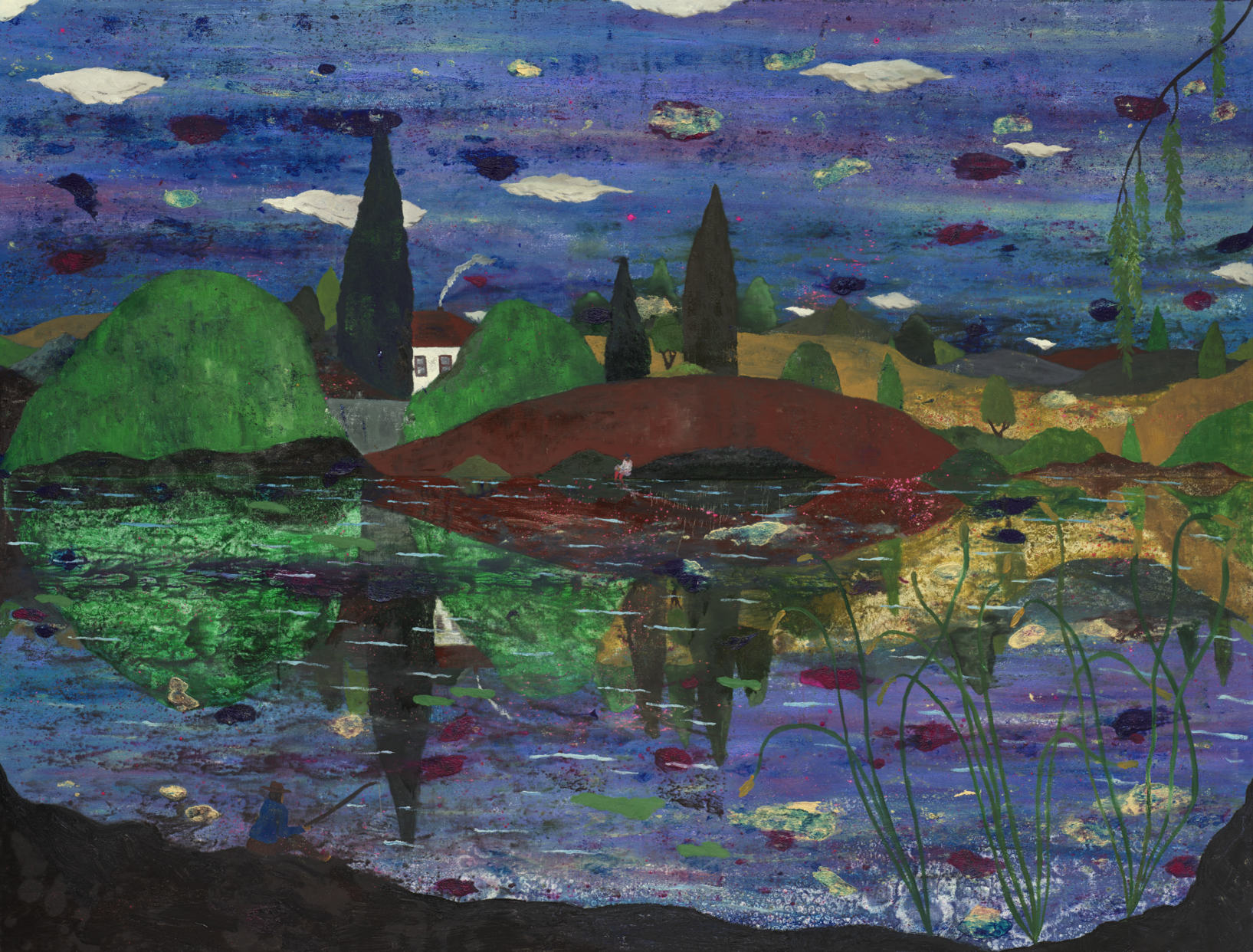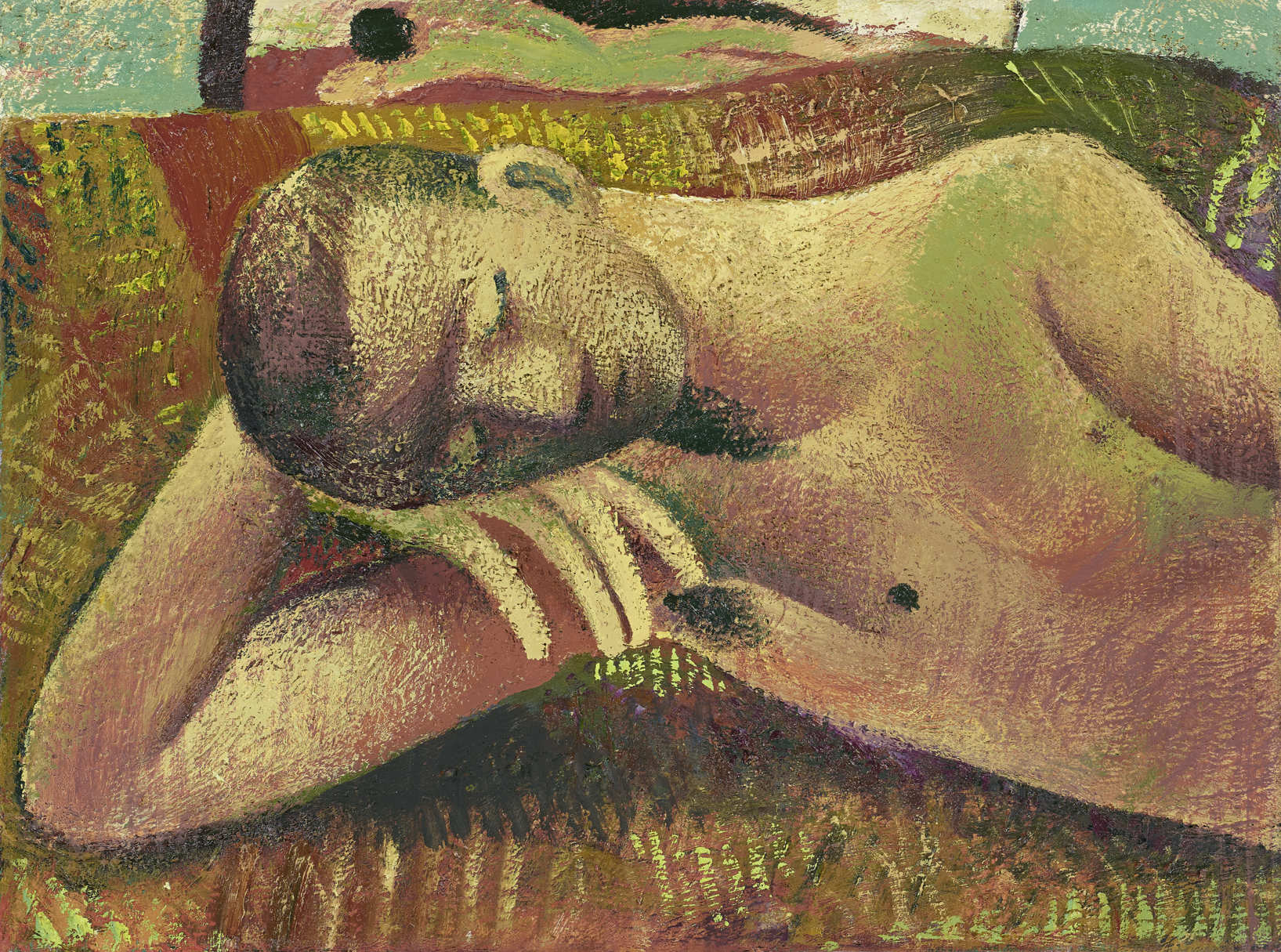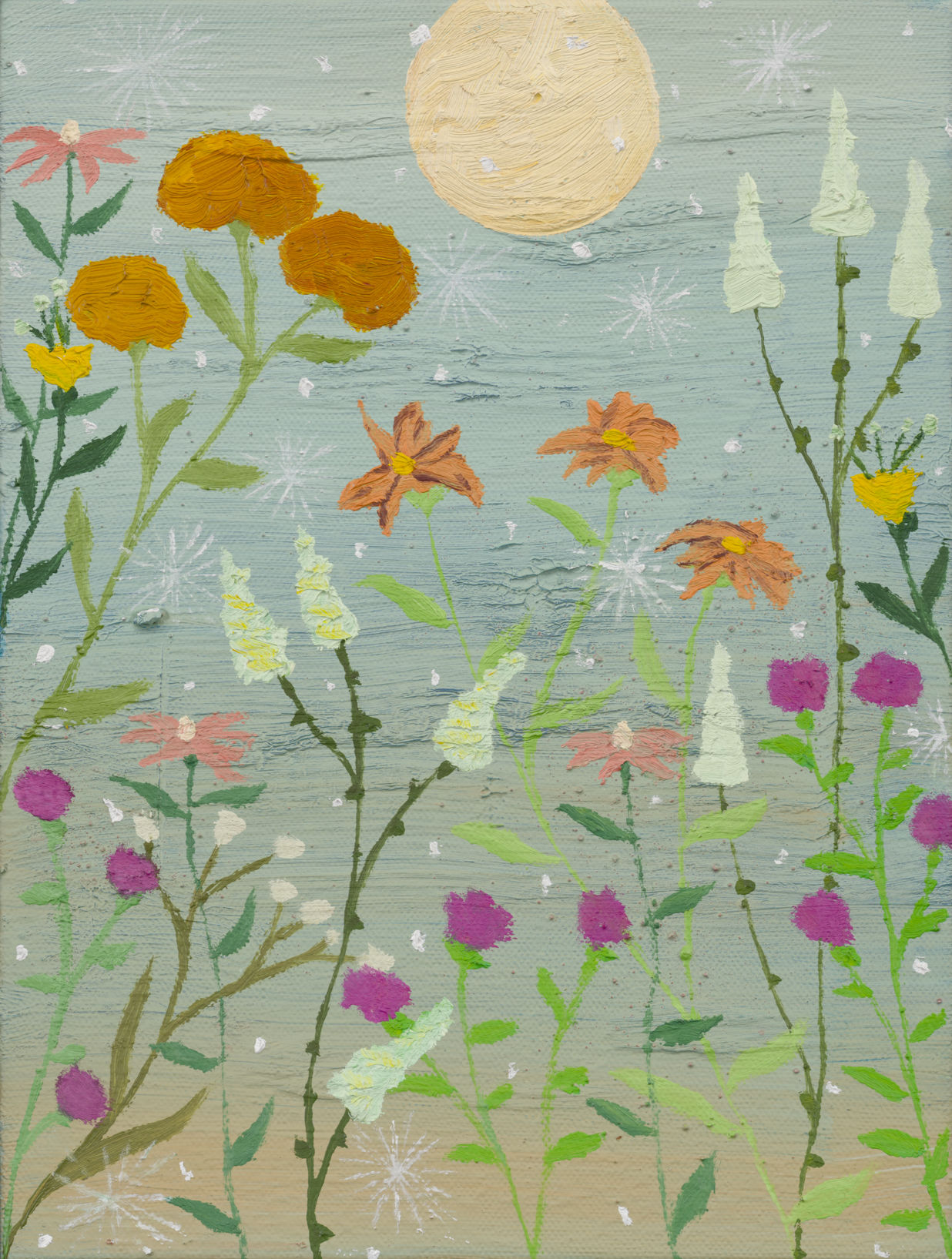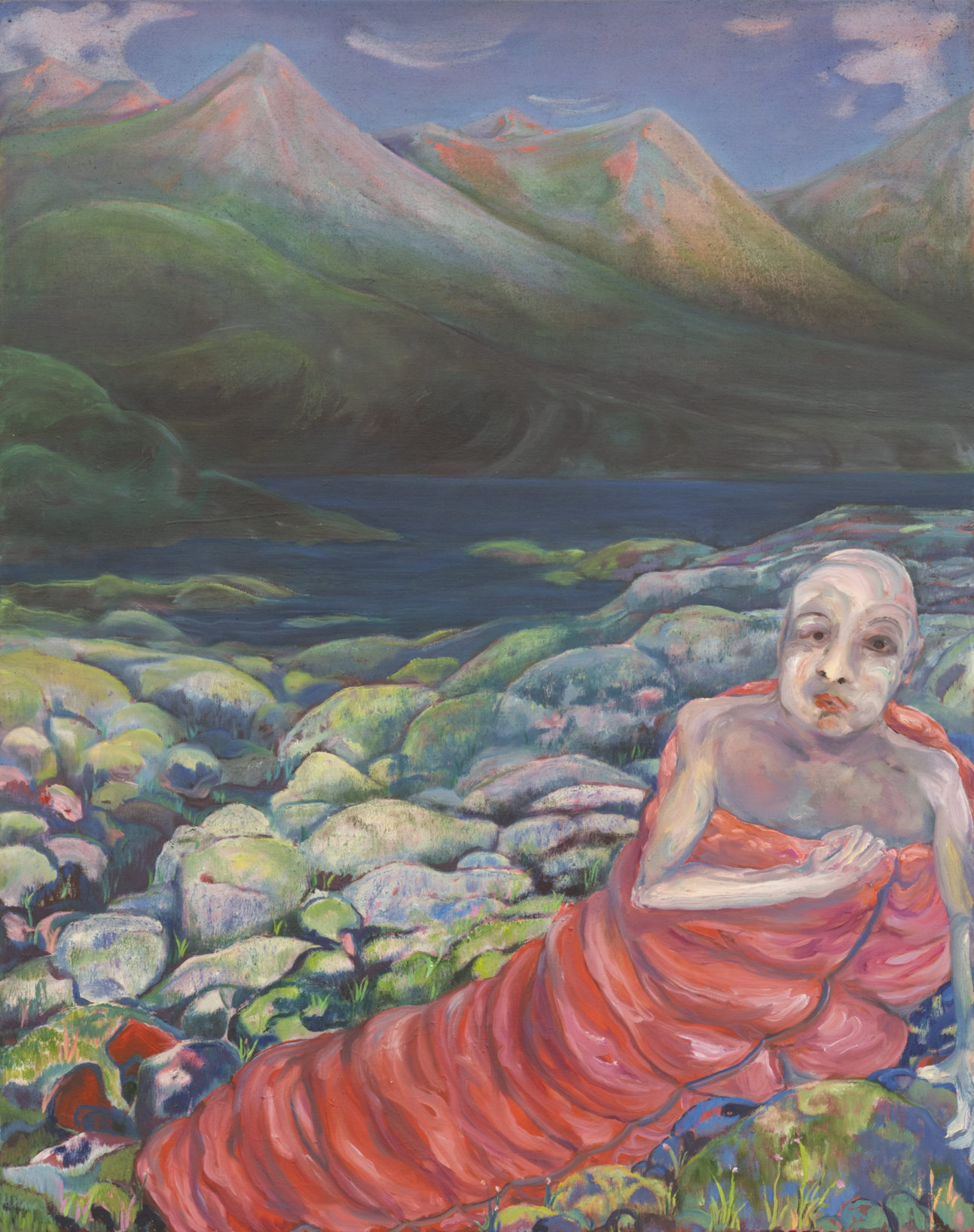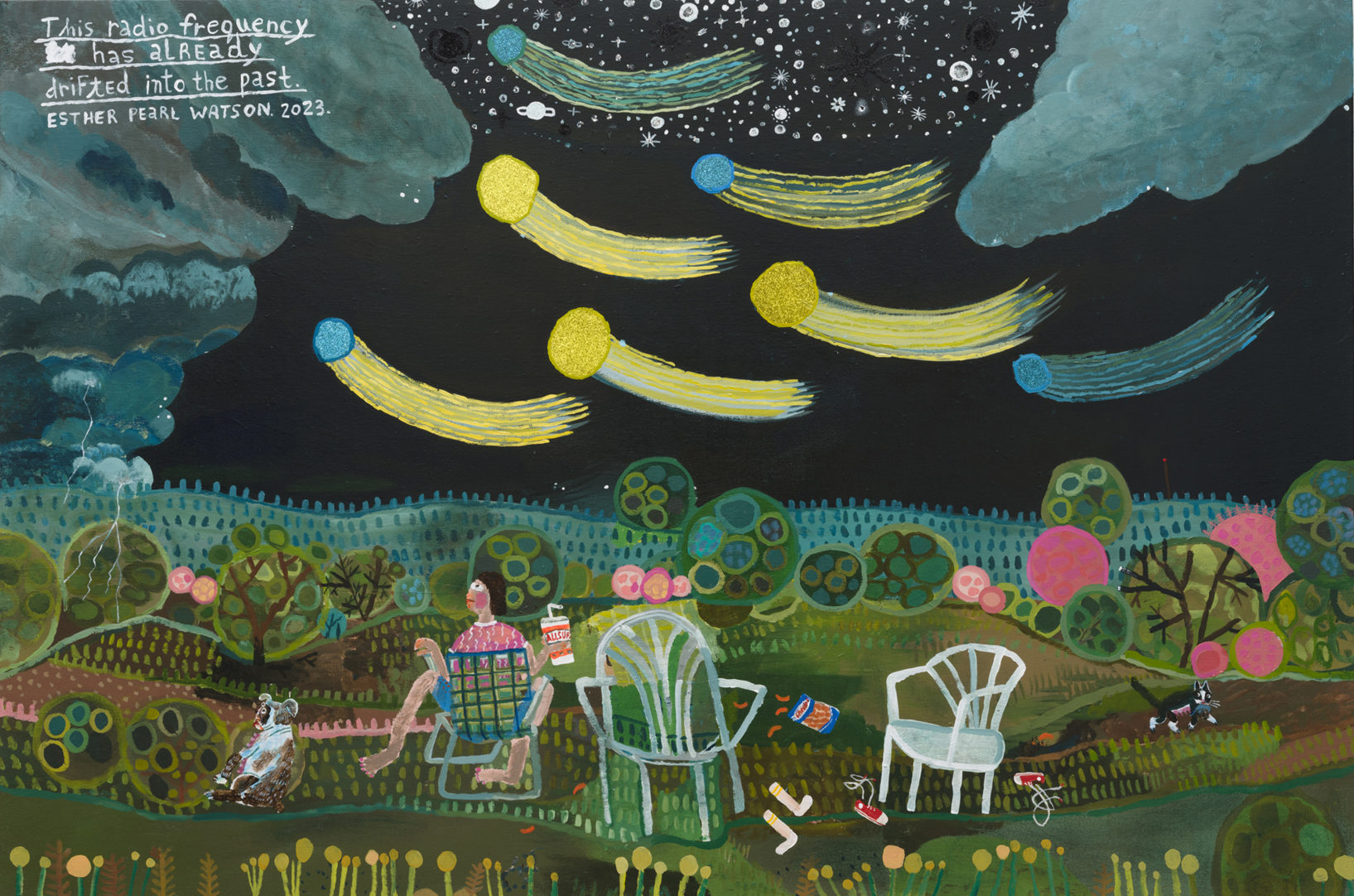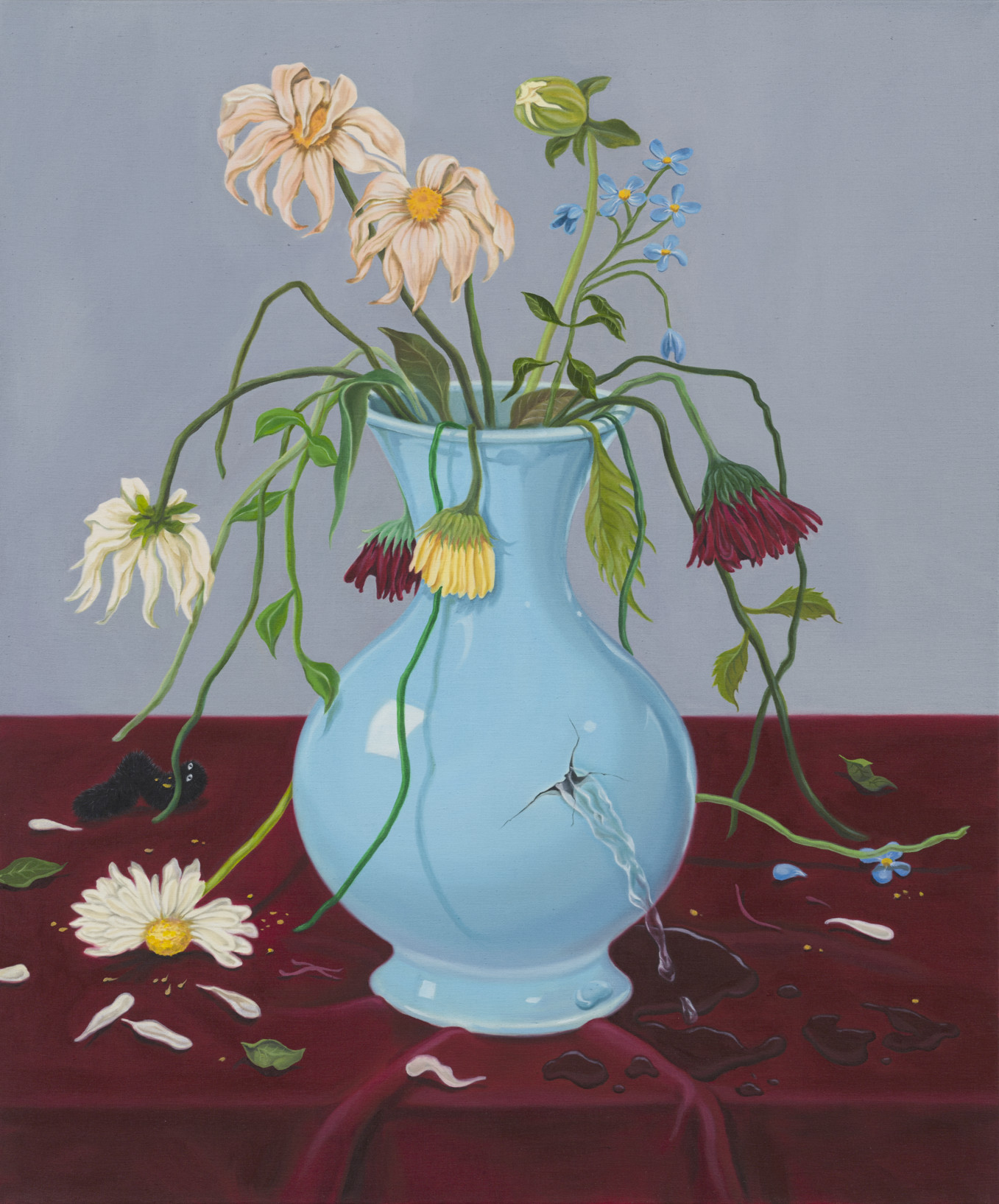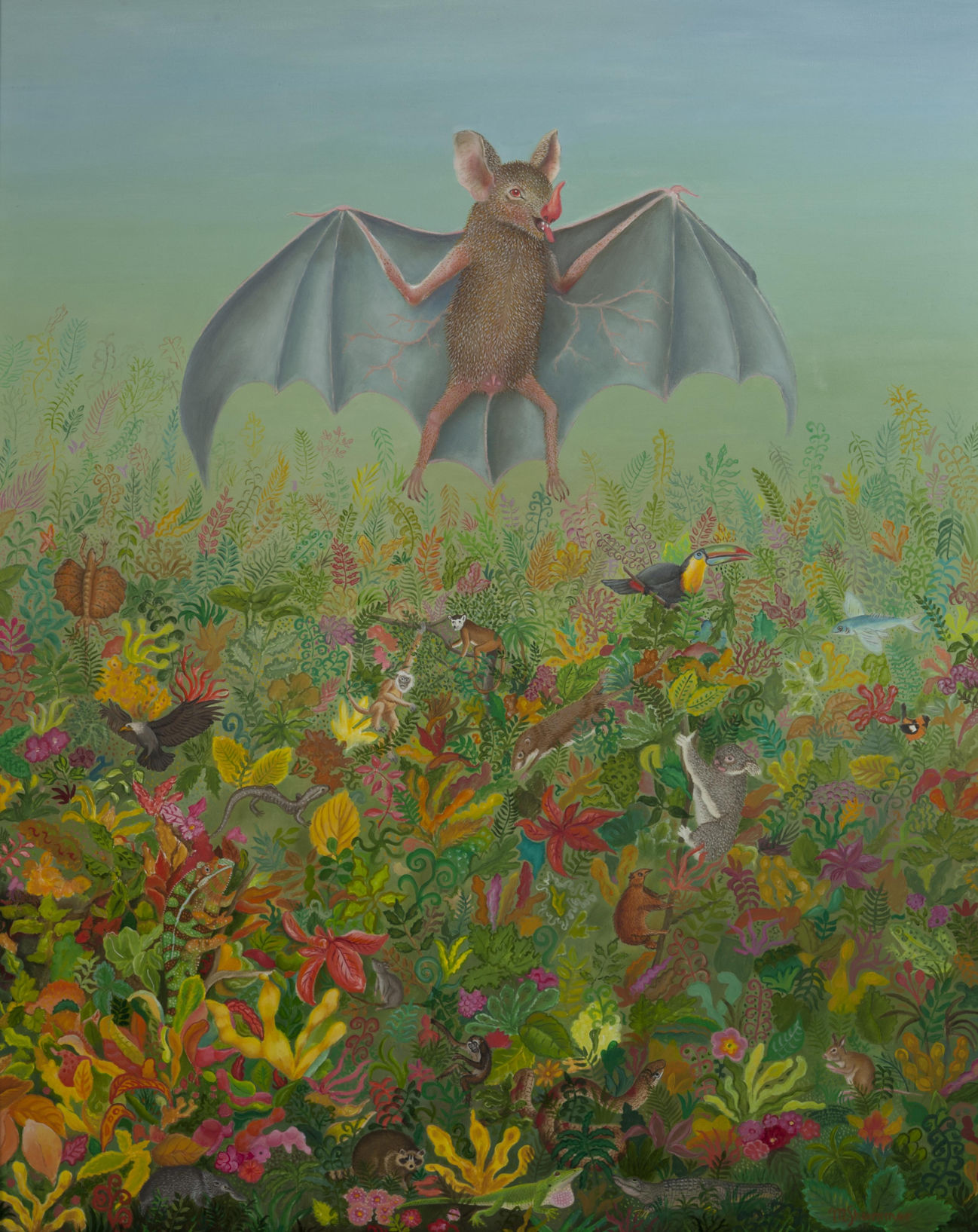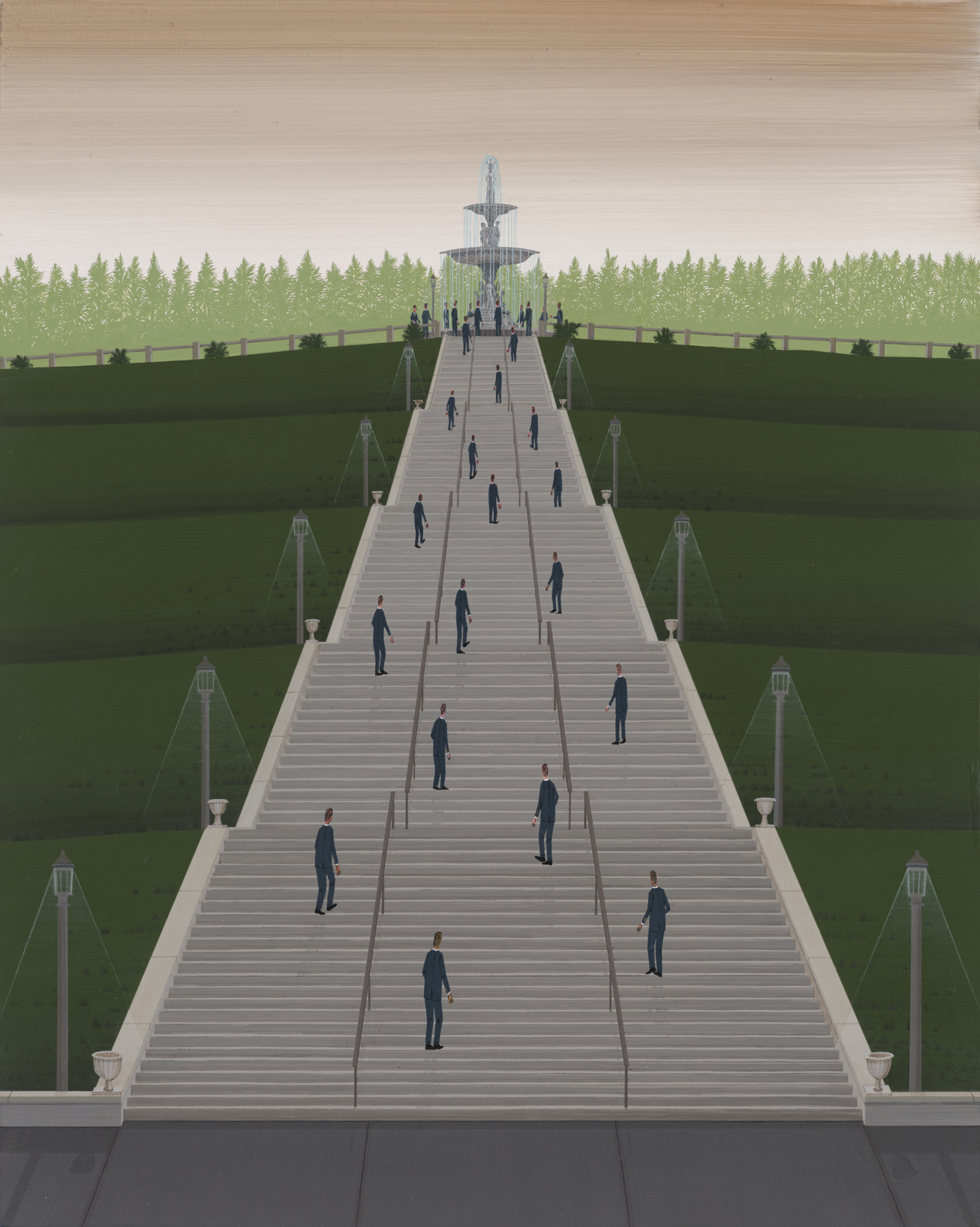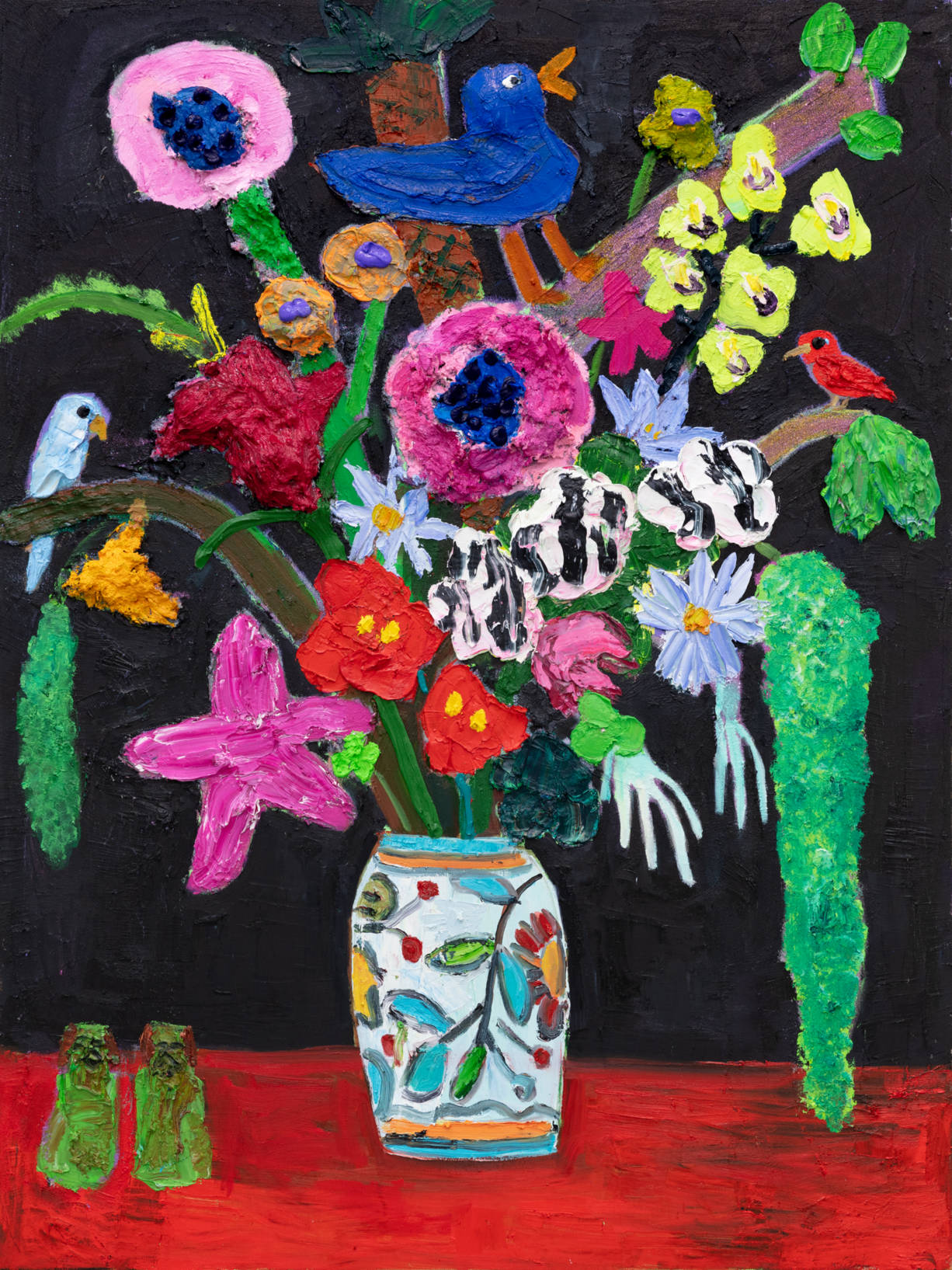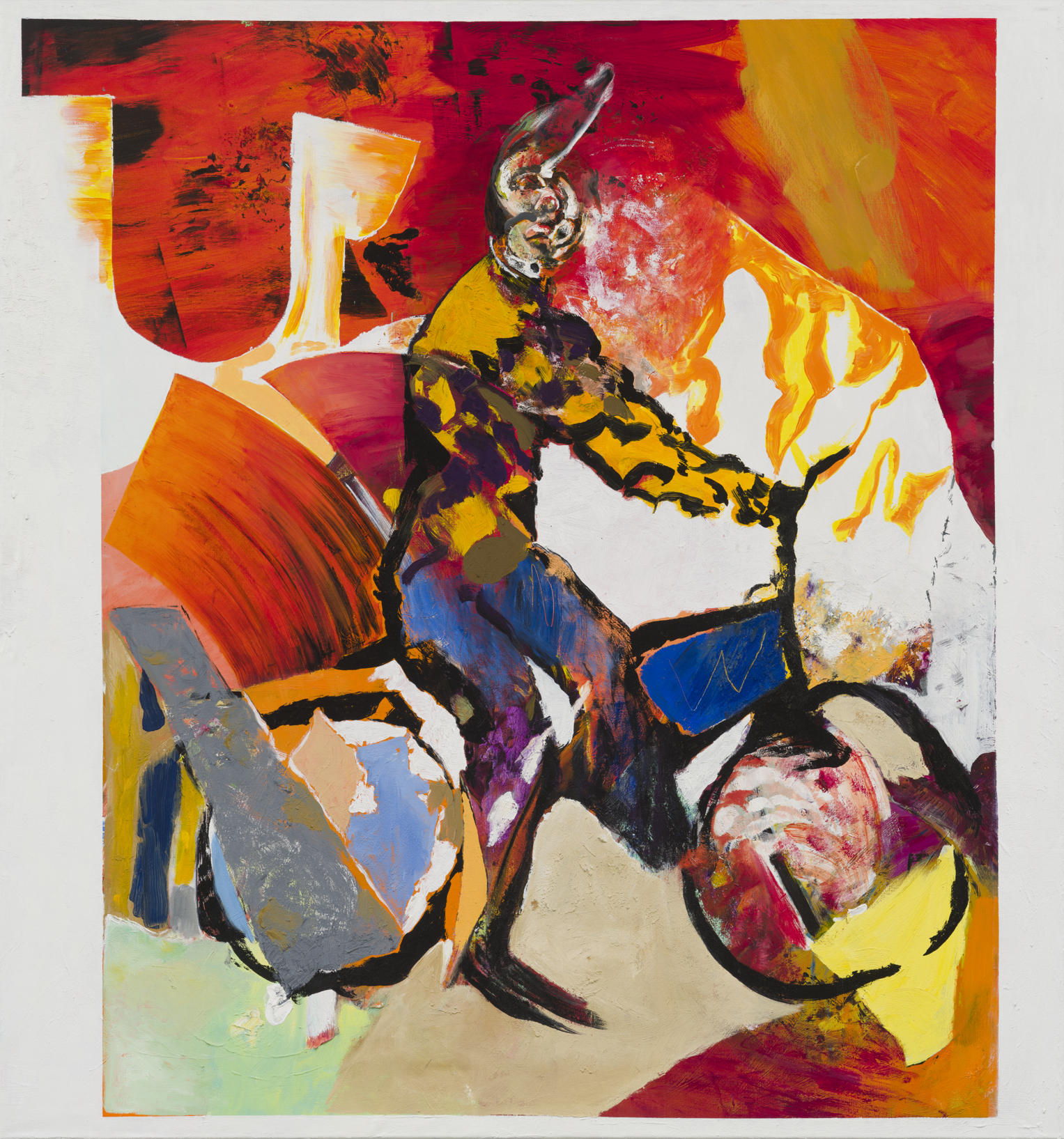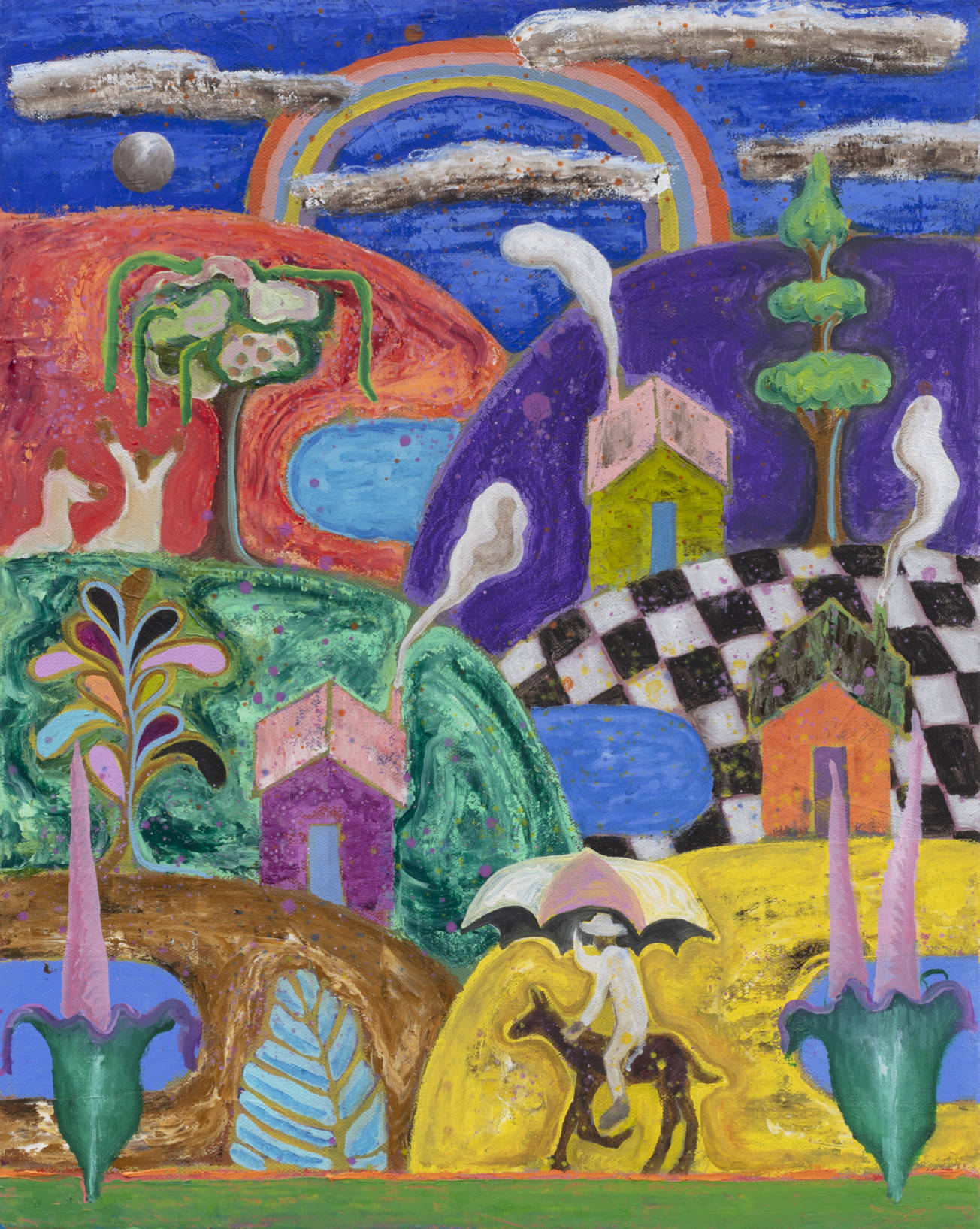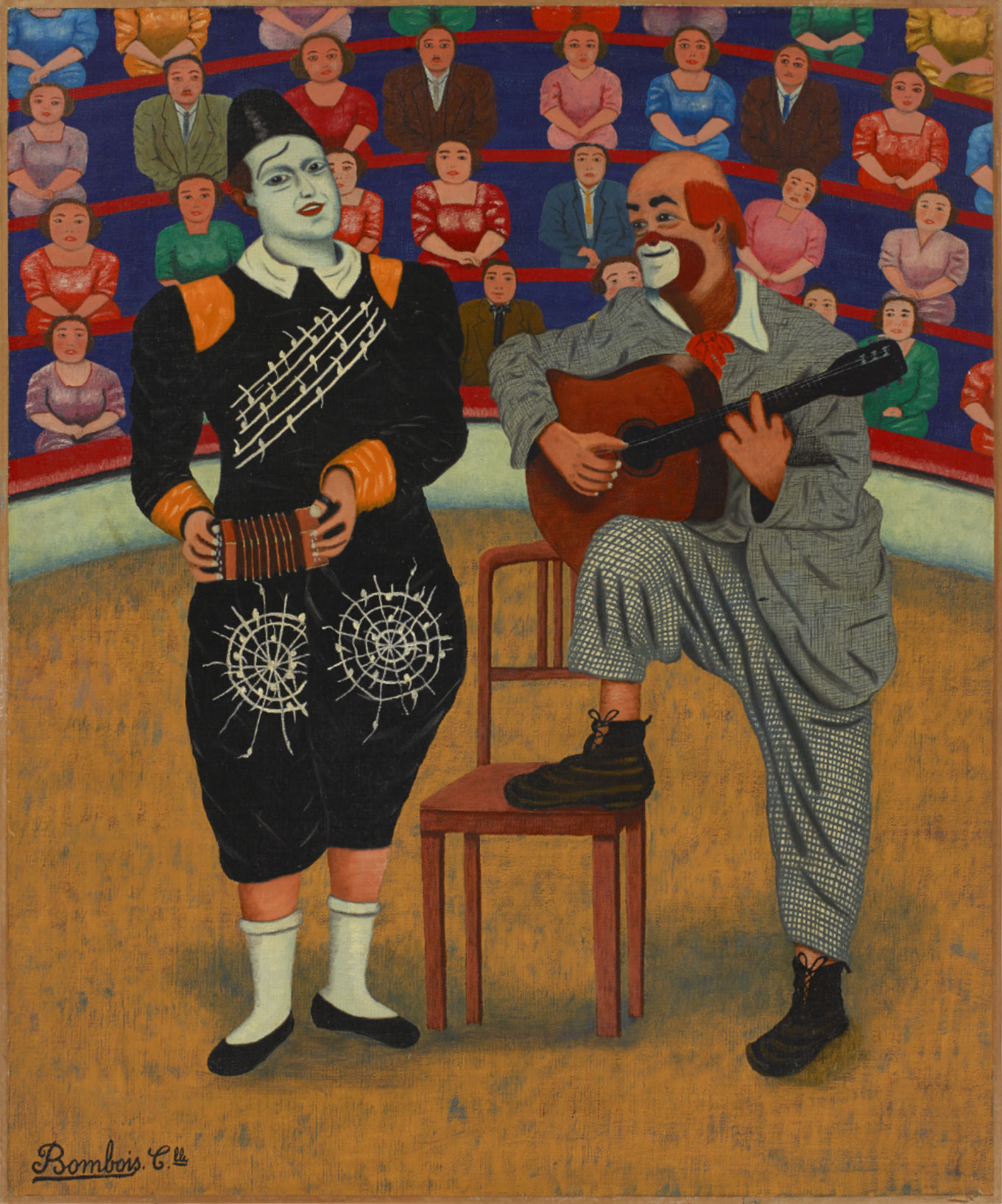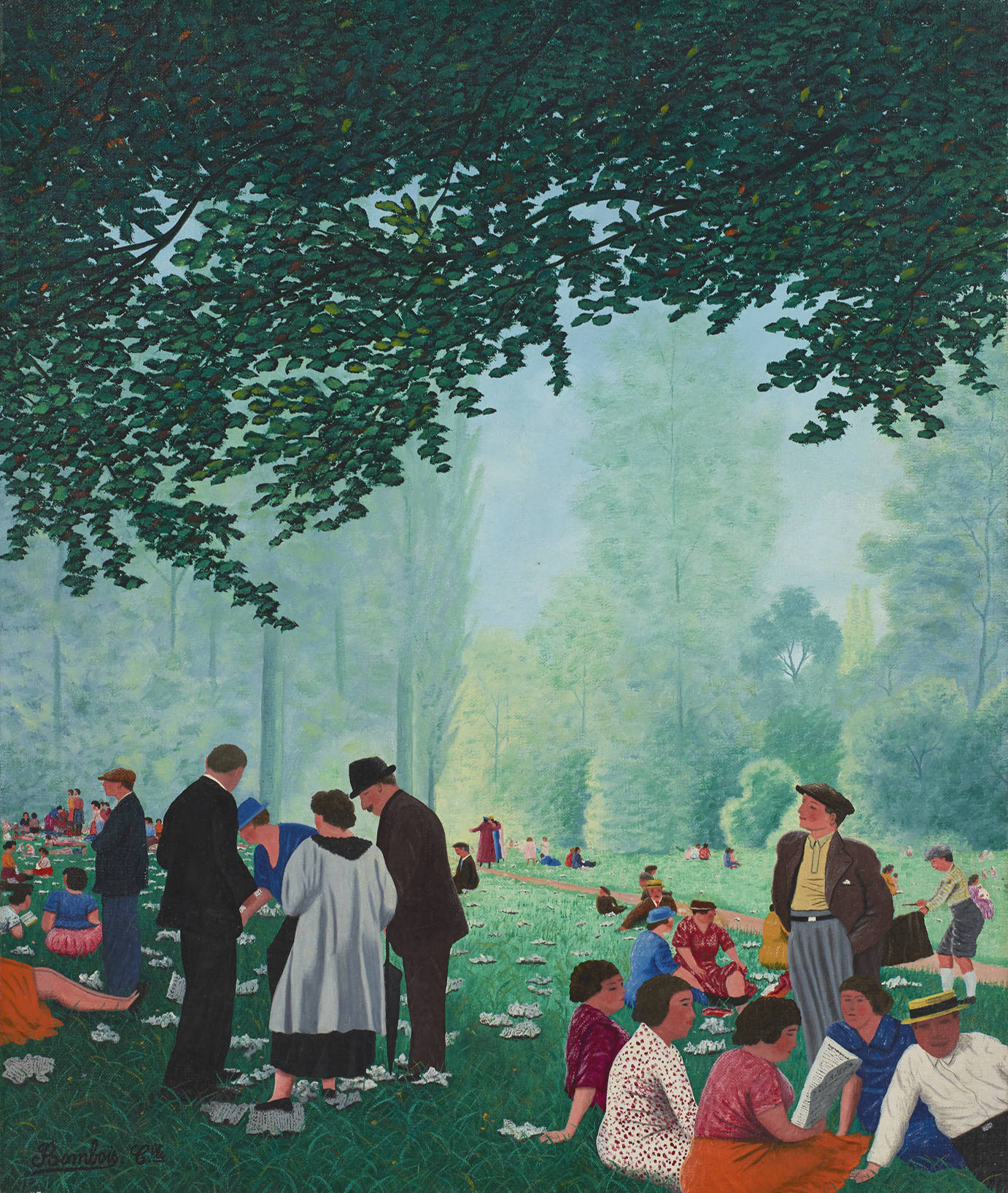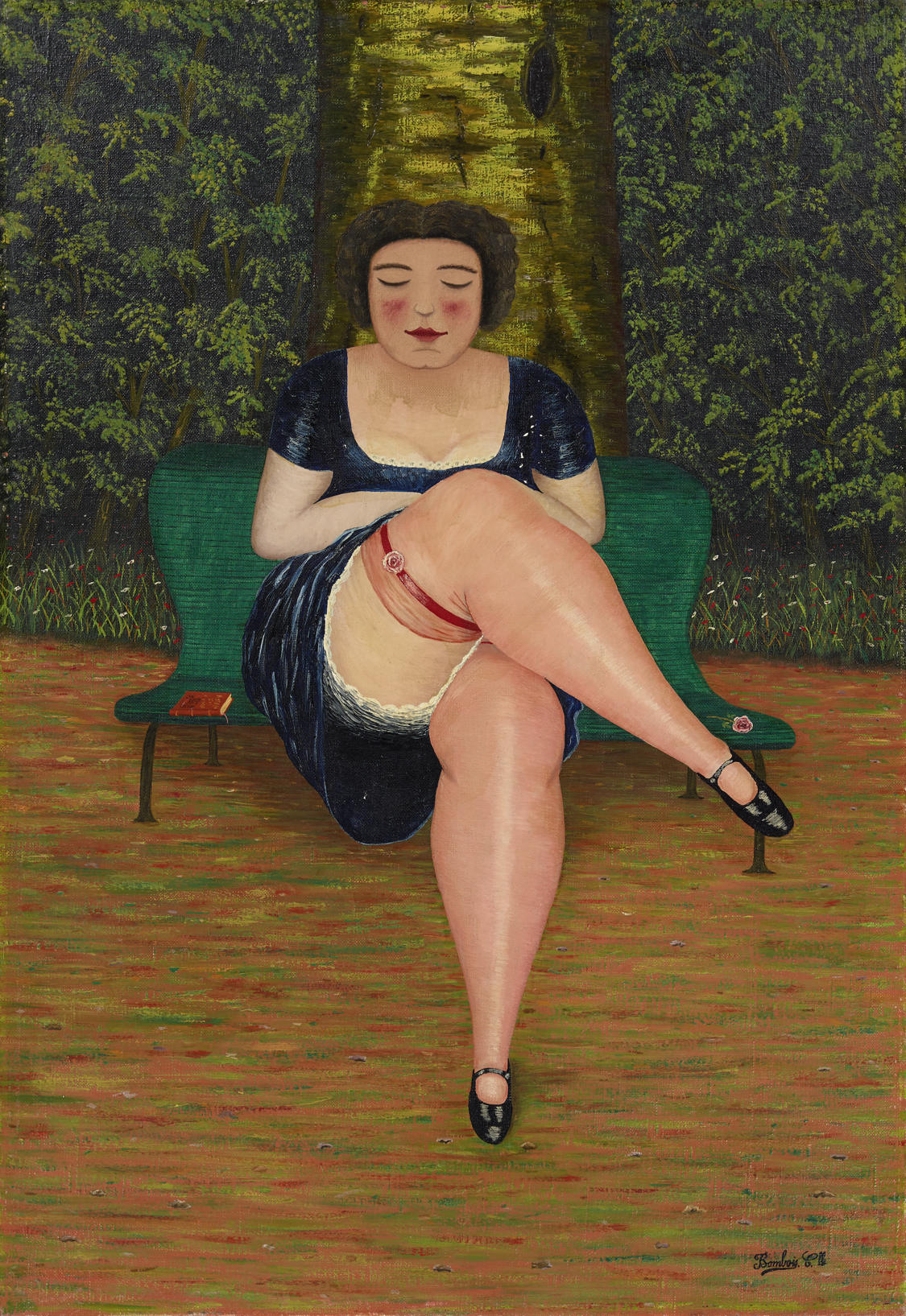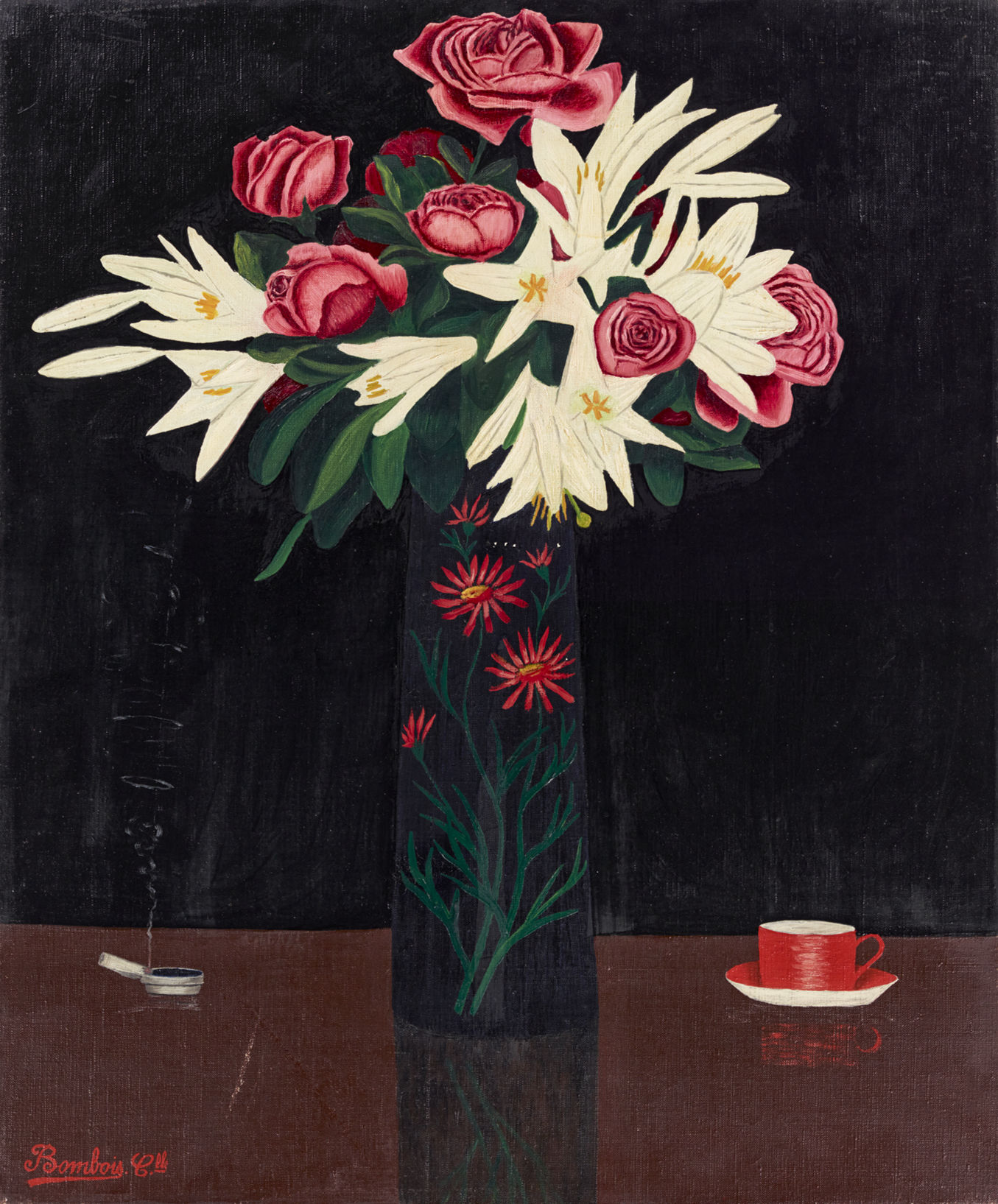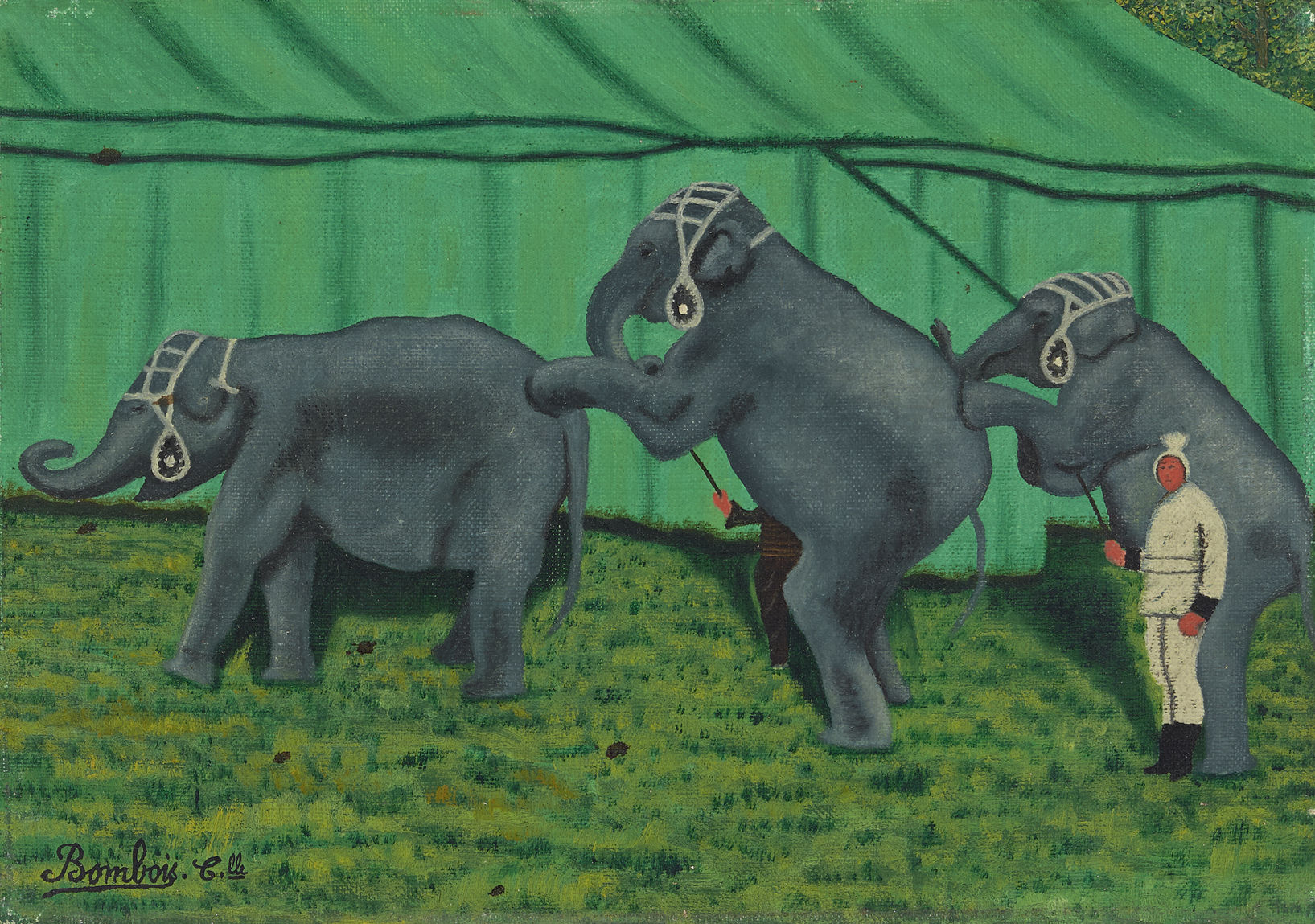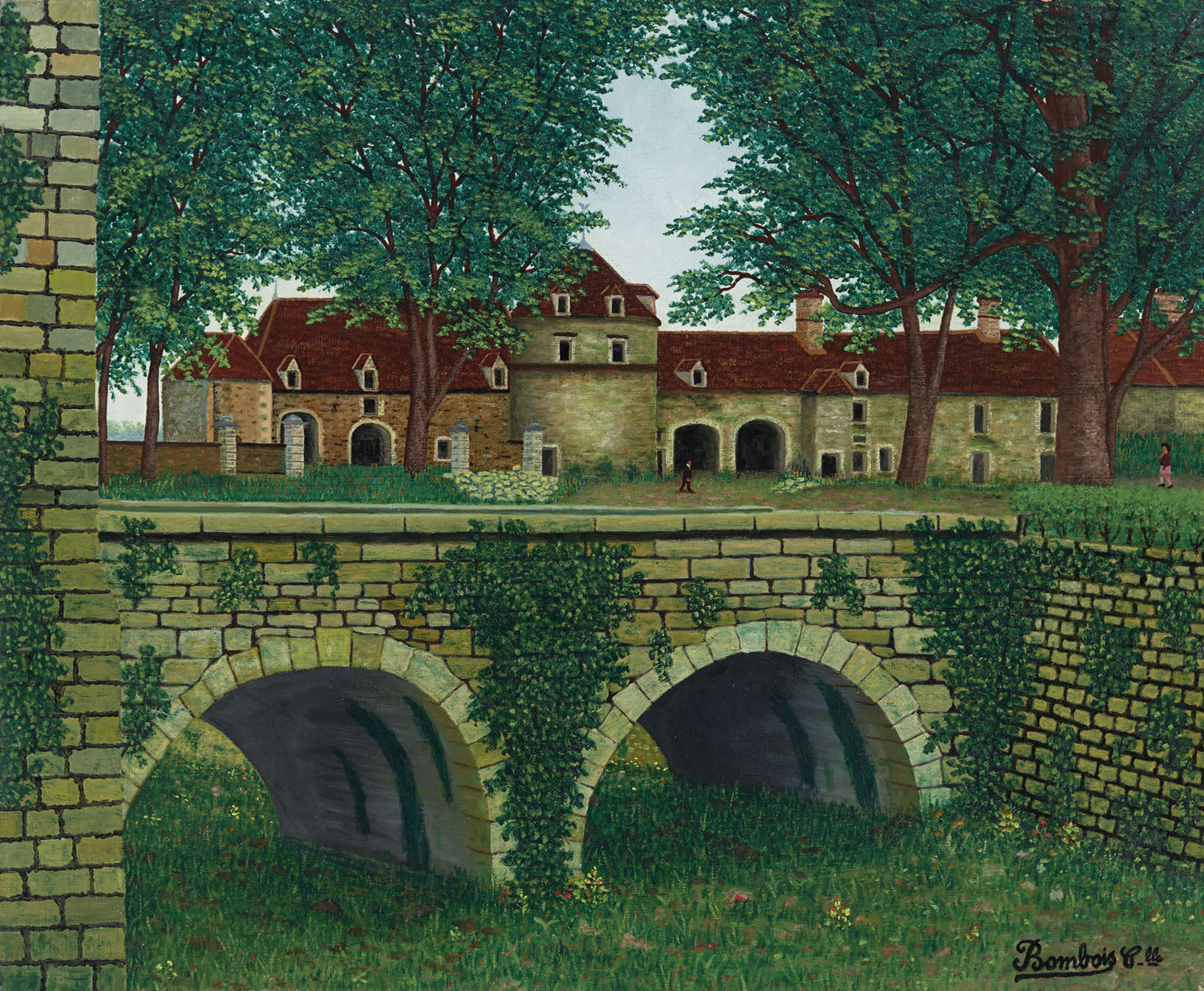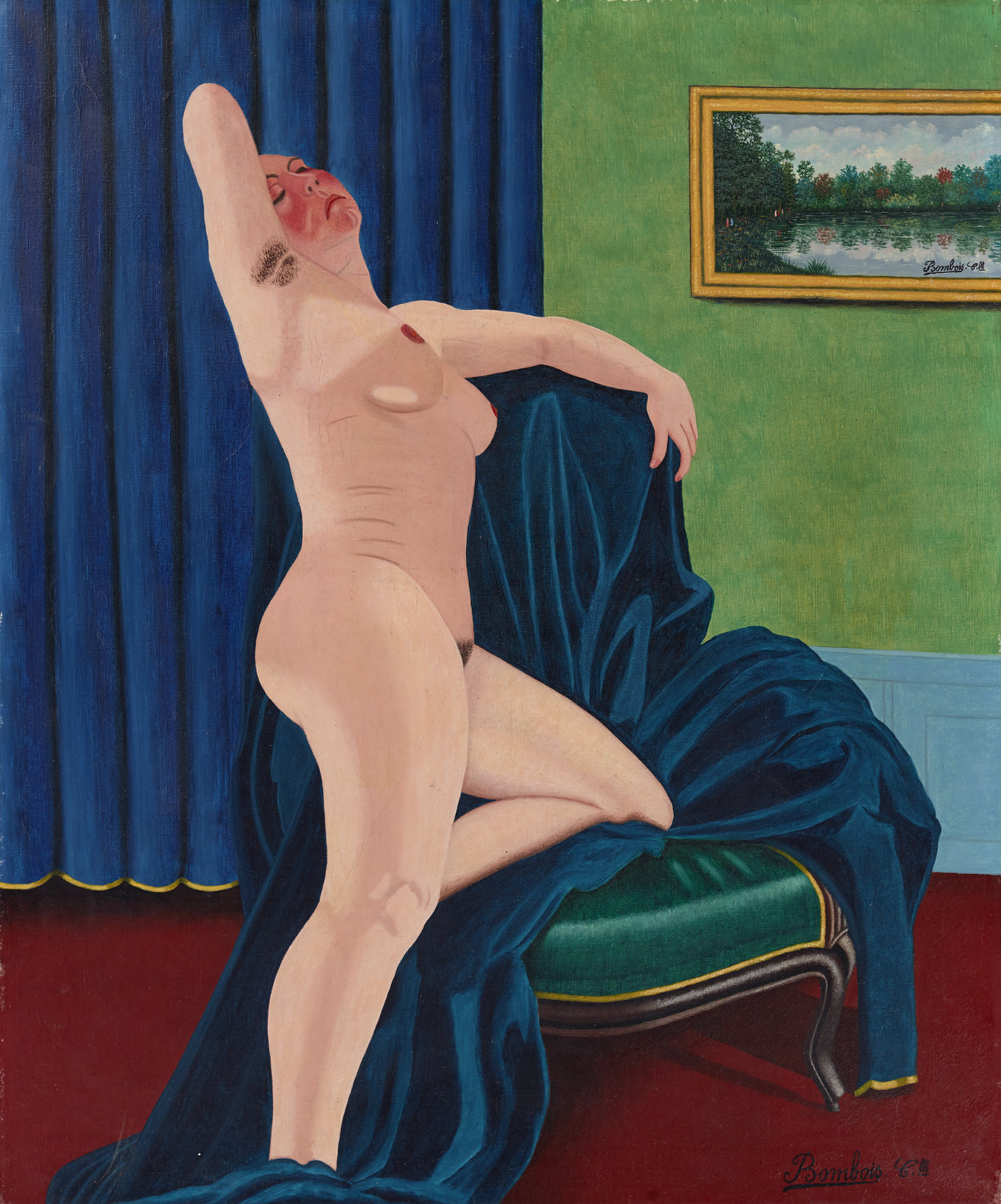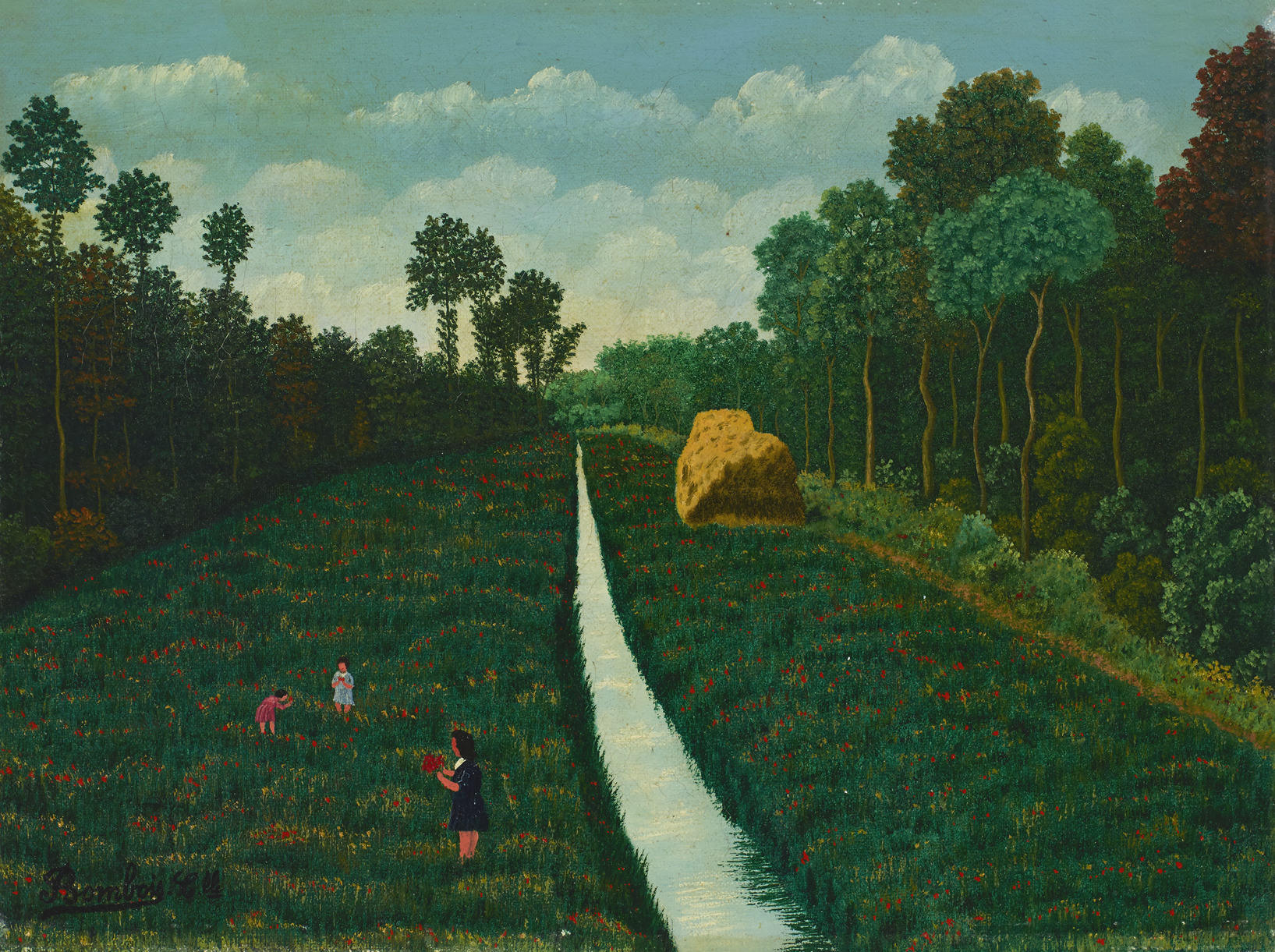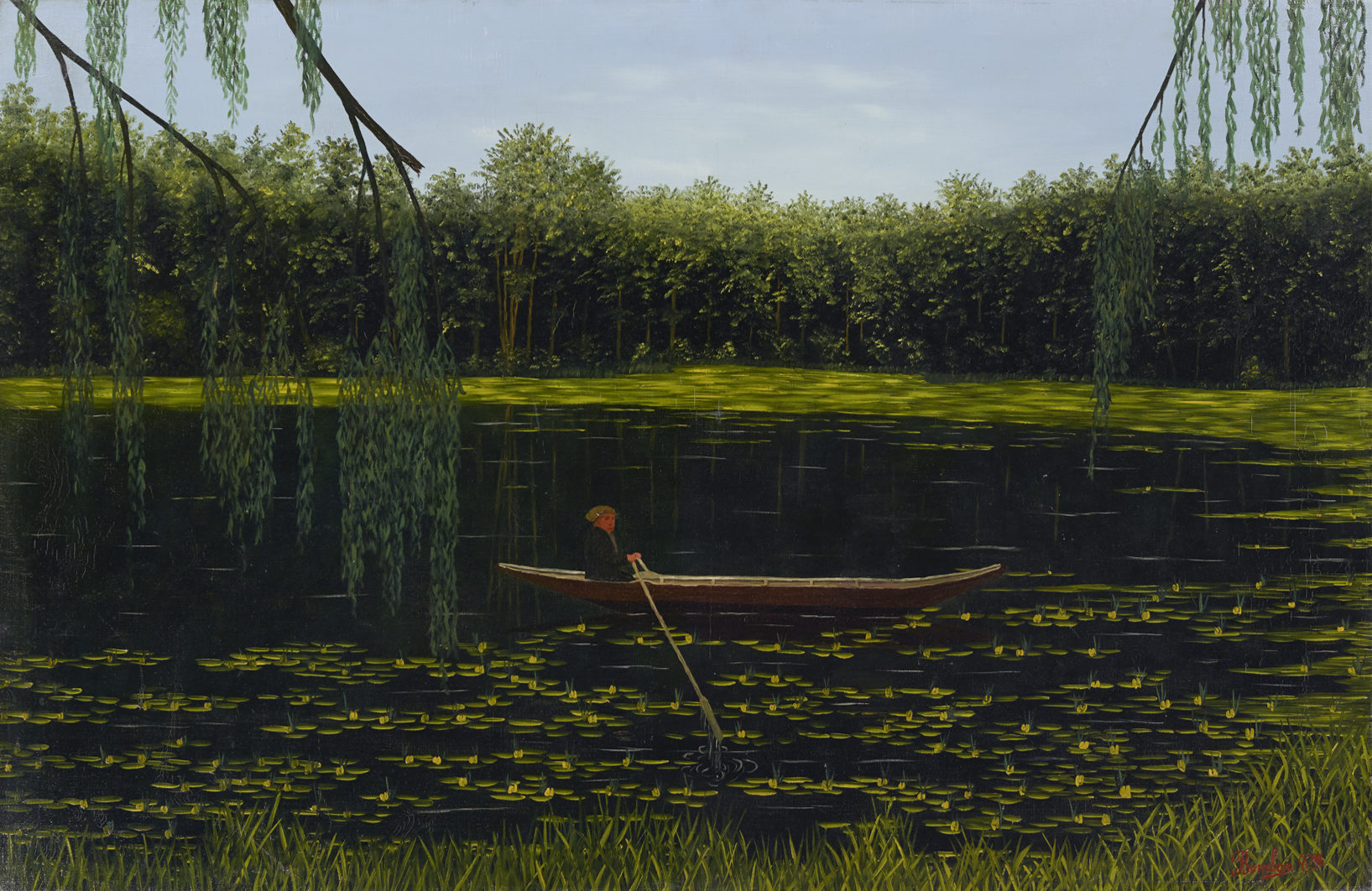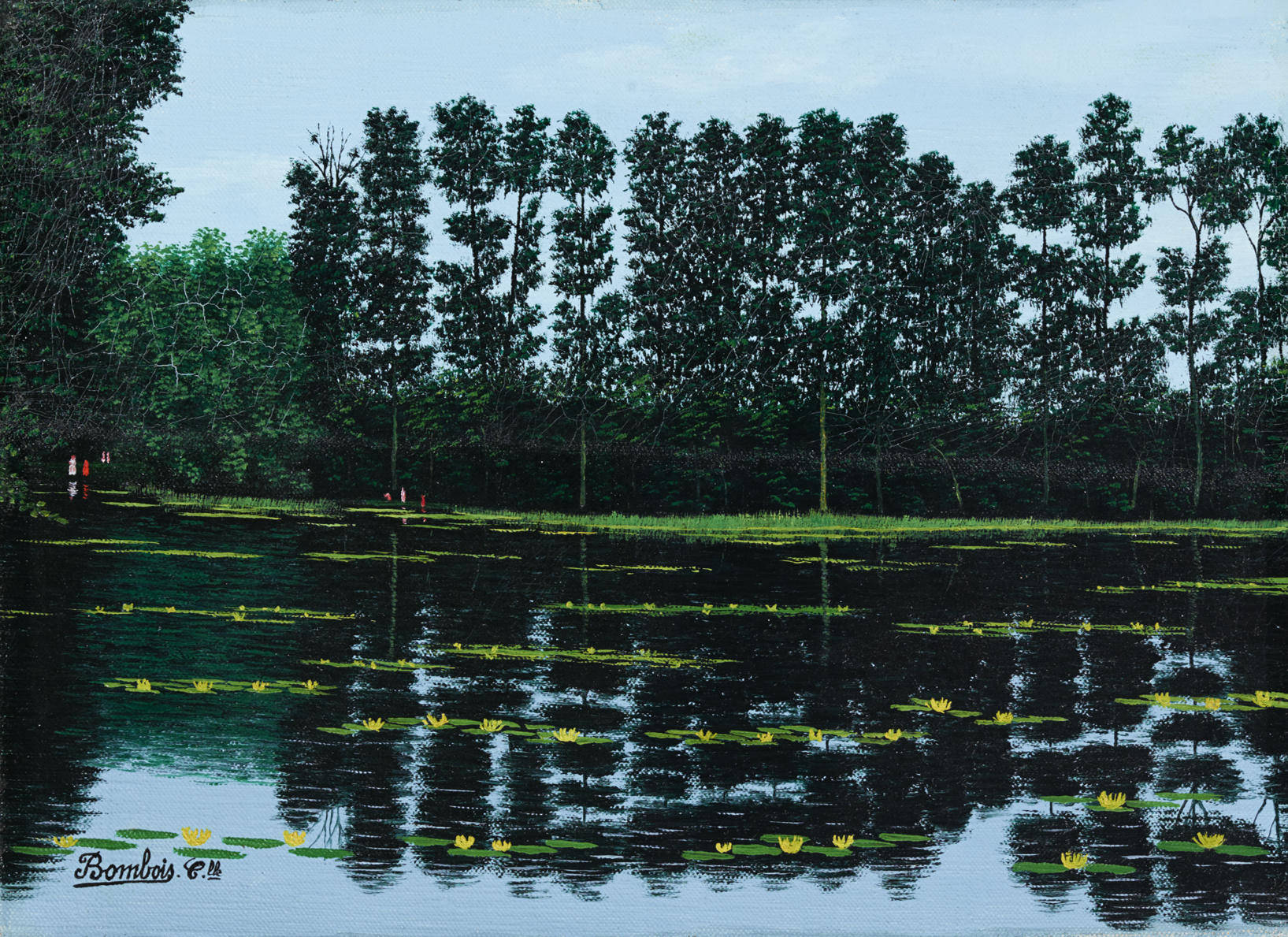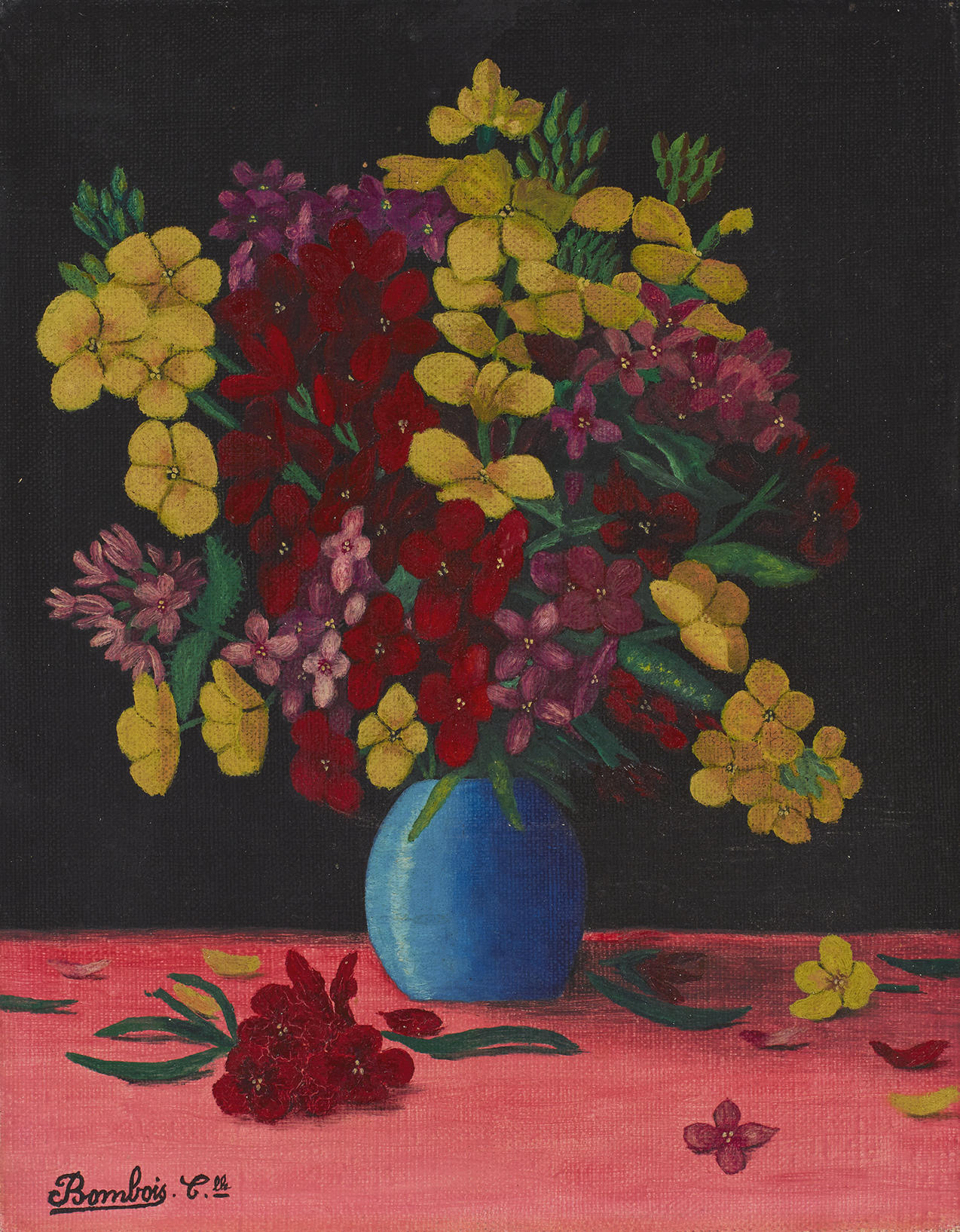Bombois by Anholt
Works
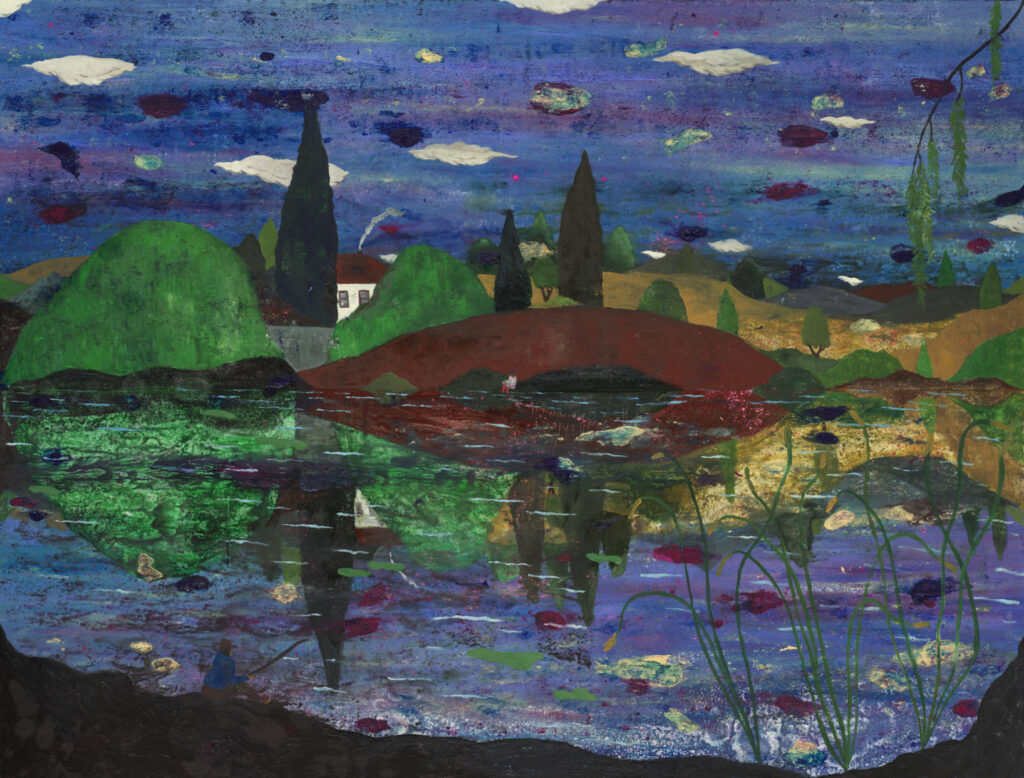
Tom Anholt
Camille Bombois Paints a Fisherman
2025
Oil on linen
190 × 250 cm
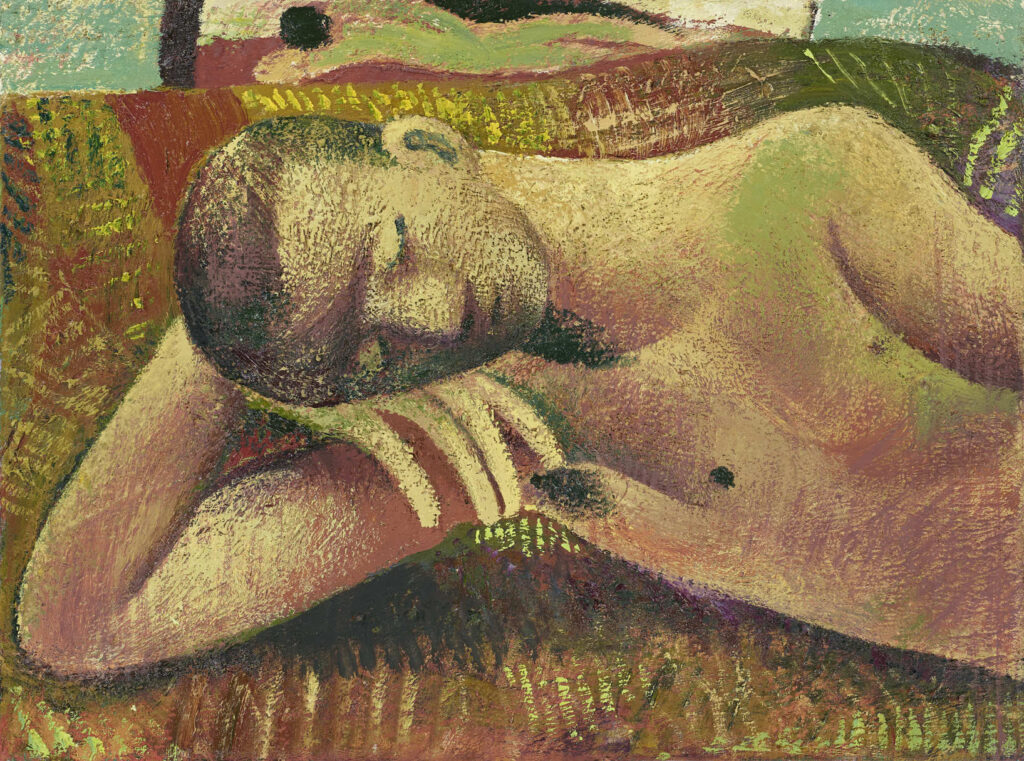
Louis Fratino
Little Red Nude with Reflection
2025
Oil on canvas
22.5 × 30.5 cm
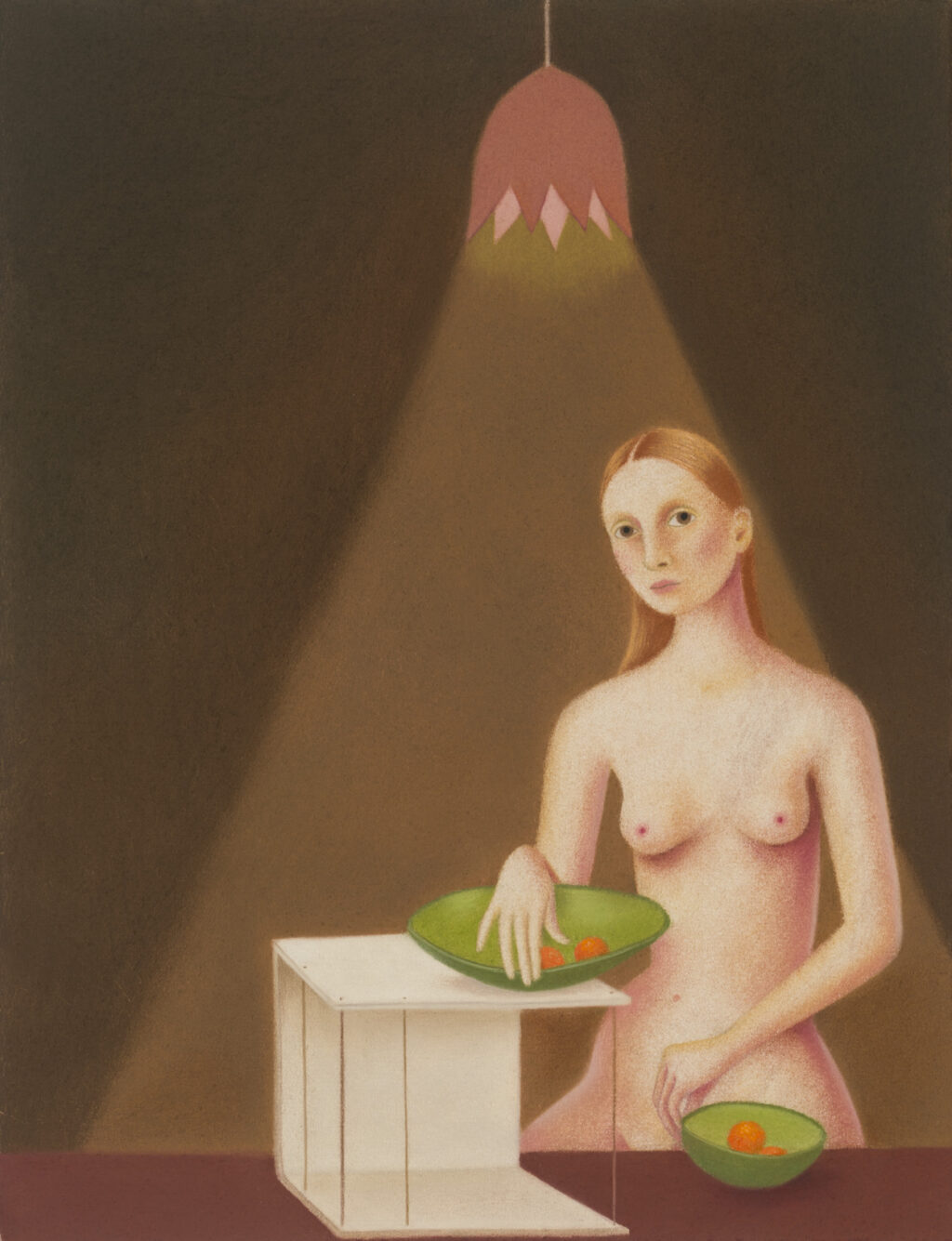
Sara Anstis
The Lamp
2025
Pastel on paper
34 × 26.1 cm

Tom Anholt
Evening Garden
2025
Oil on linen
40 × 30 cm
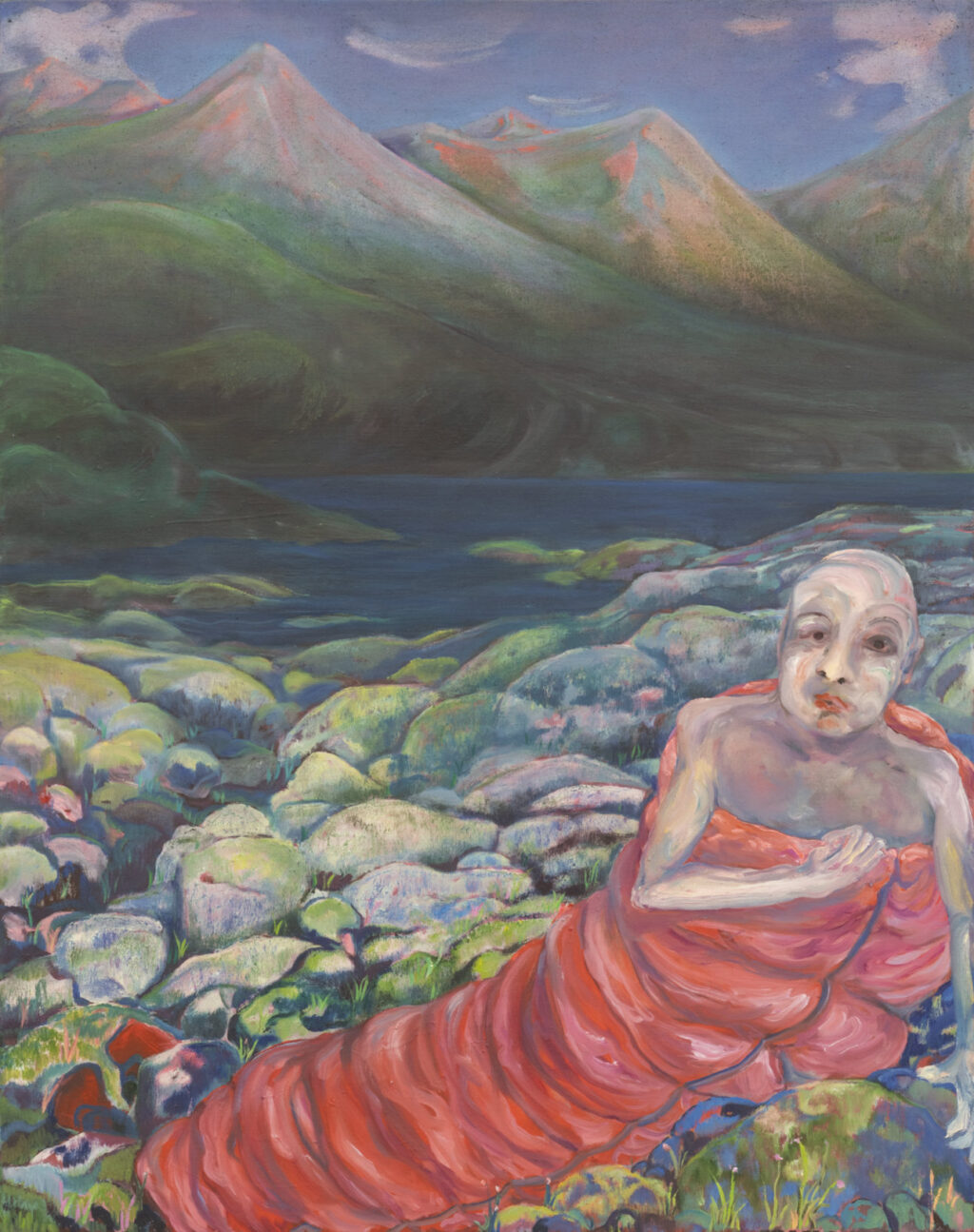
Andriu Deplazes
Körper im Sack
2025
Oil on canvas
92 × 73 cm
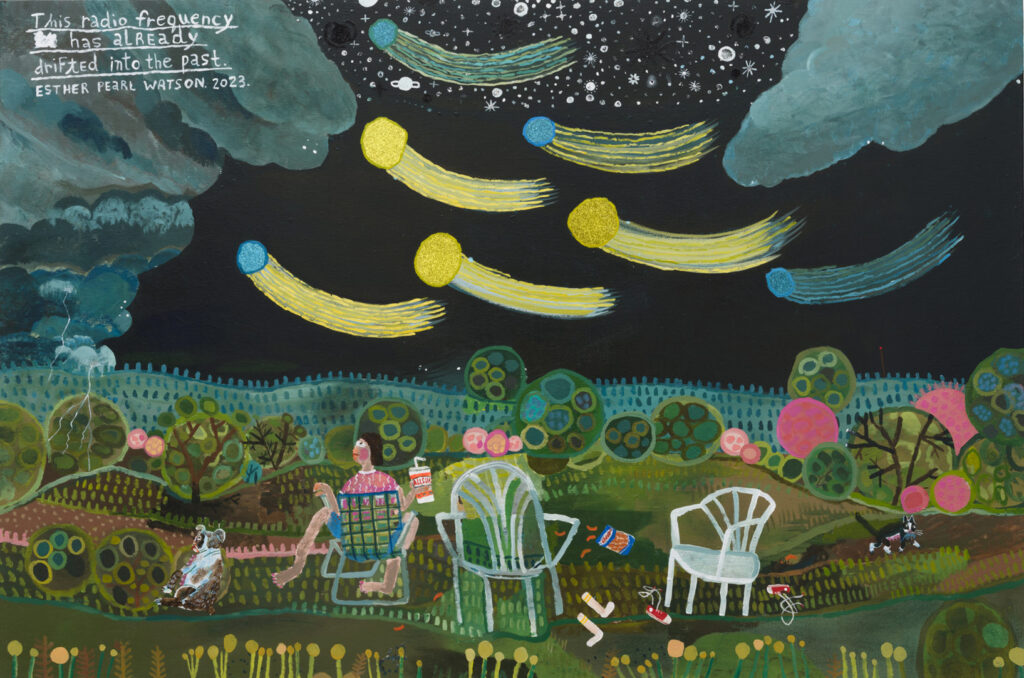
Esther Pearl Watson
This Radio Frequency Has Already Drifted Into the Past
2023
Acrylic, graphite and glitter on canvas
102 × 152 cm


Minyoung Kim
Blue Vase
2025
Oil on linen
120 × 100 cm

Magdalena Shummer-Fangor
Bat / Nietoperz
2009
Oil on board
76 × 60 cm
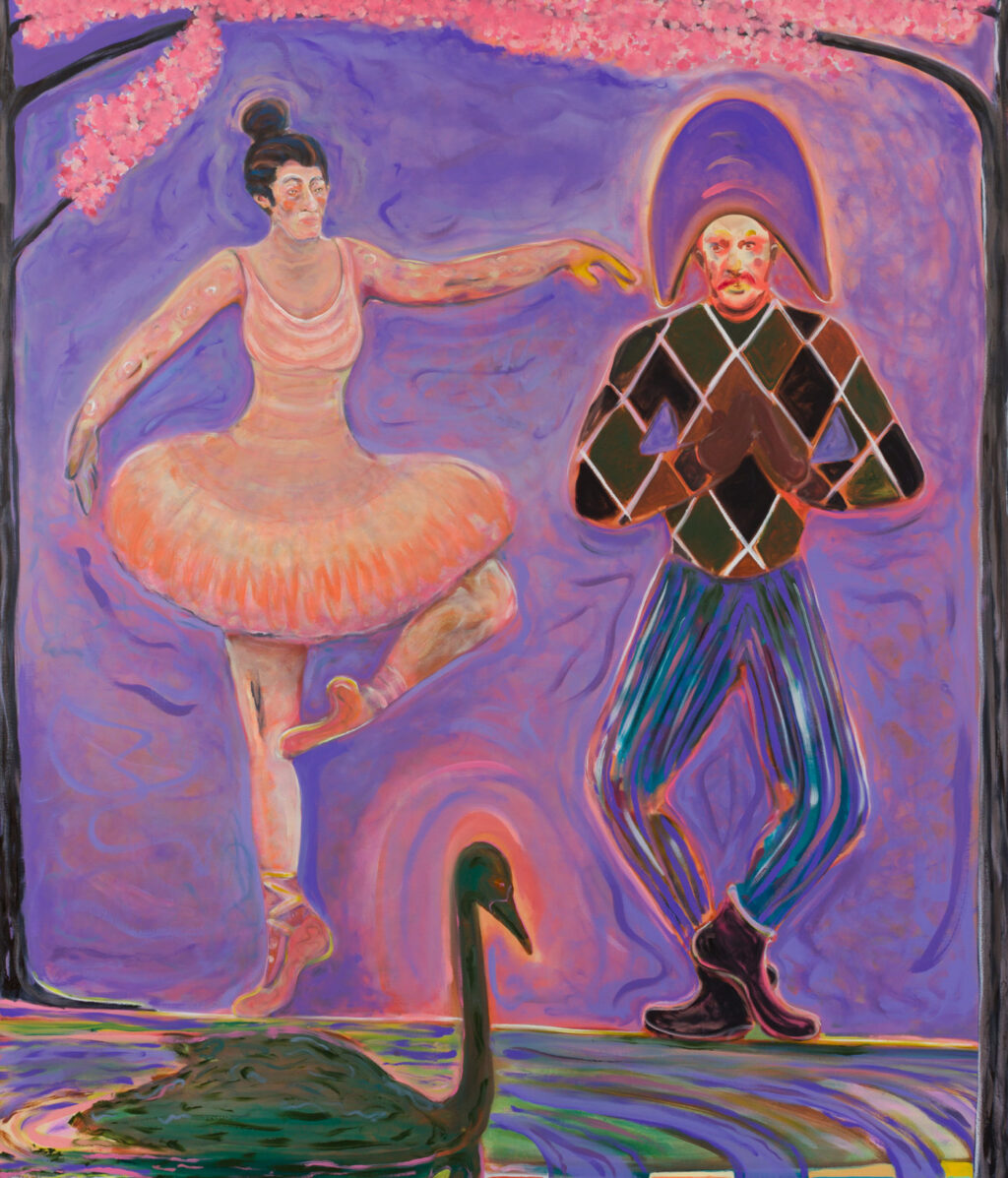
Ryan Mosley
Under Blossom
2022
Oil on canvas
210 × 180 cm
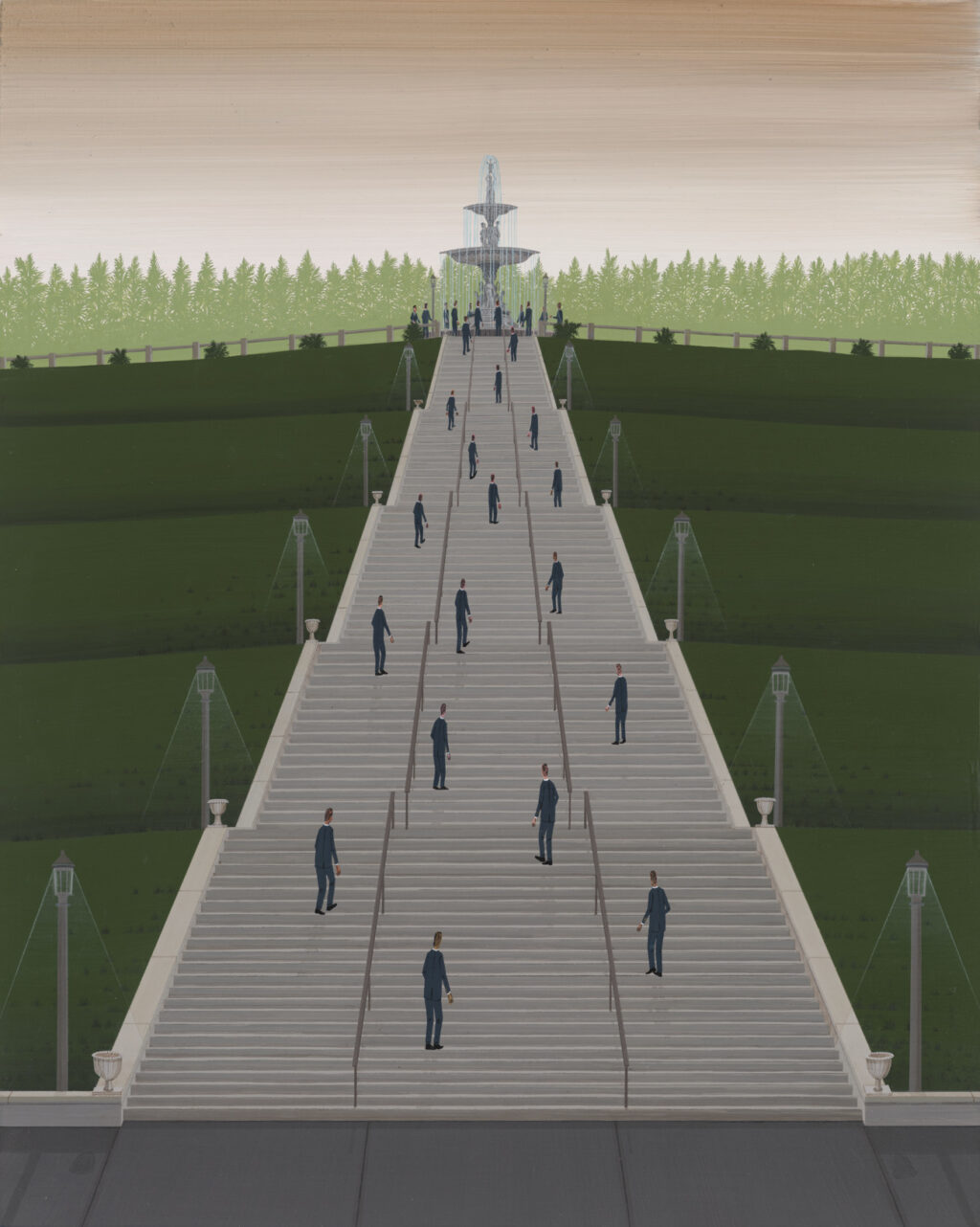
Ian Davis
Perspicacity
2025
Acrylic on panel
51 × 41 cm

Hortensia Mi Kafchin
Internet Cables Passing Through Atlantis
2024
Oil on canvas
100 × 100 cm
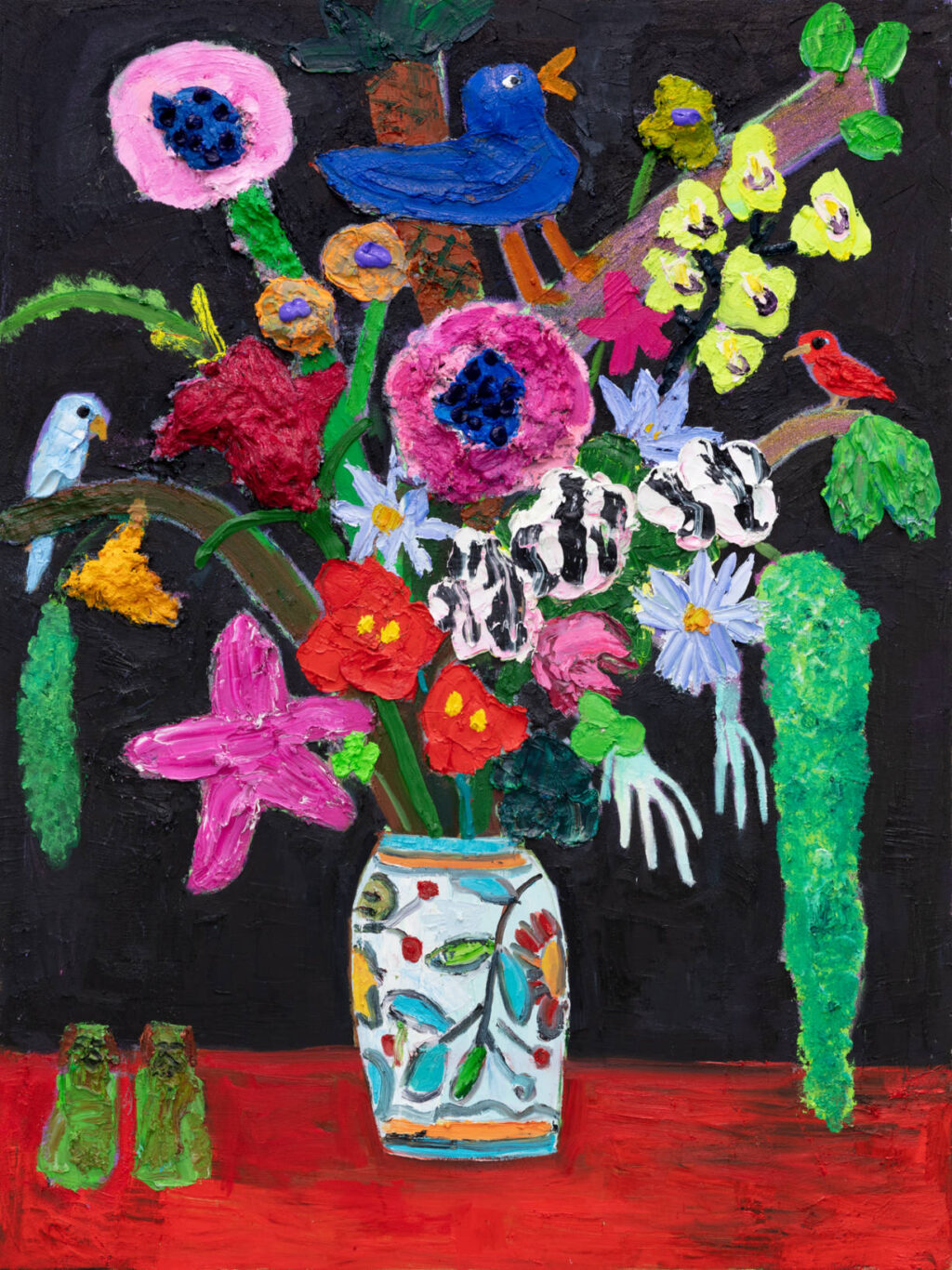
Georgina Gratrix
Belgian Vase with Duck (After Bombois)
2025
Oil on linen
160 × 120 cm
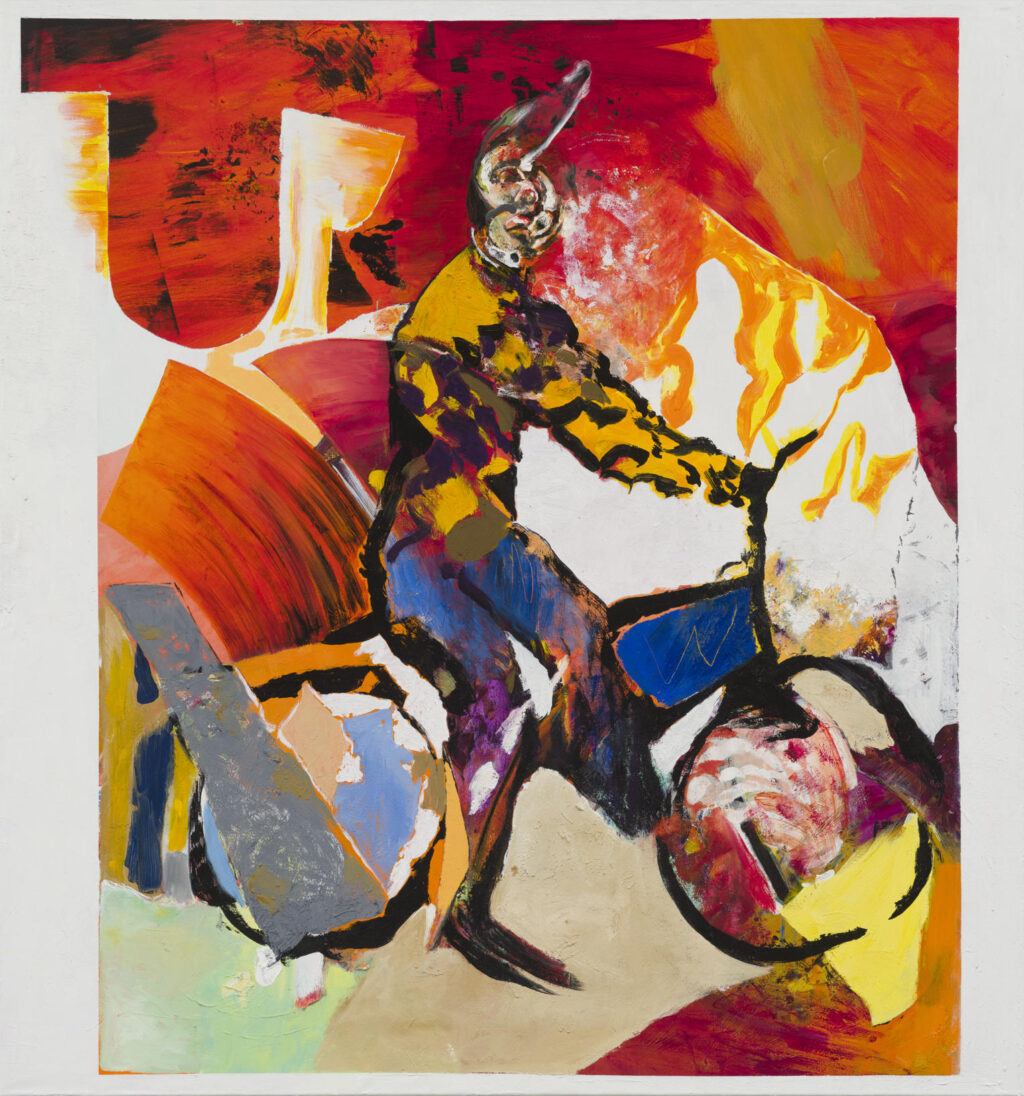
Emmanuel Bornstein
Brand New Tires (Portrait of Camille Bombois)
2025
Oil on canvas
200 × 187 cm
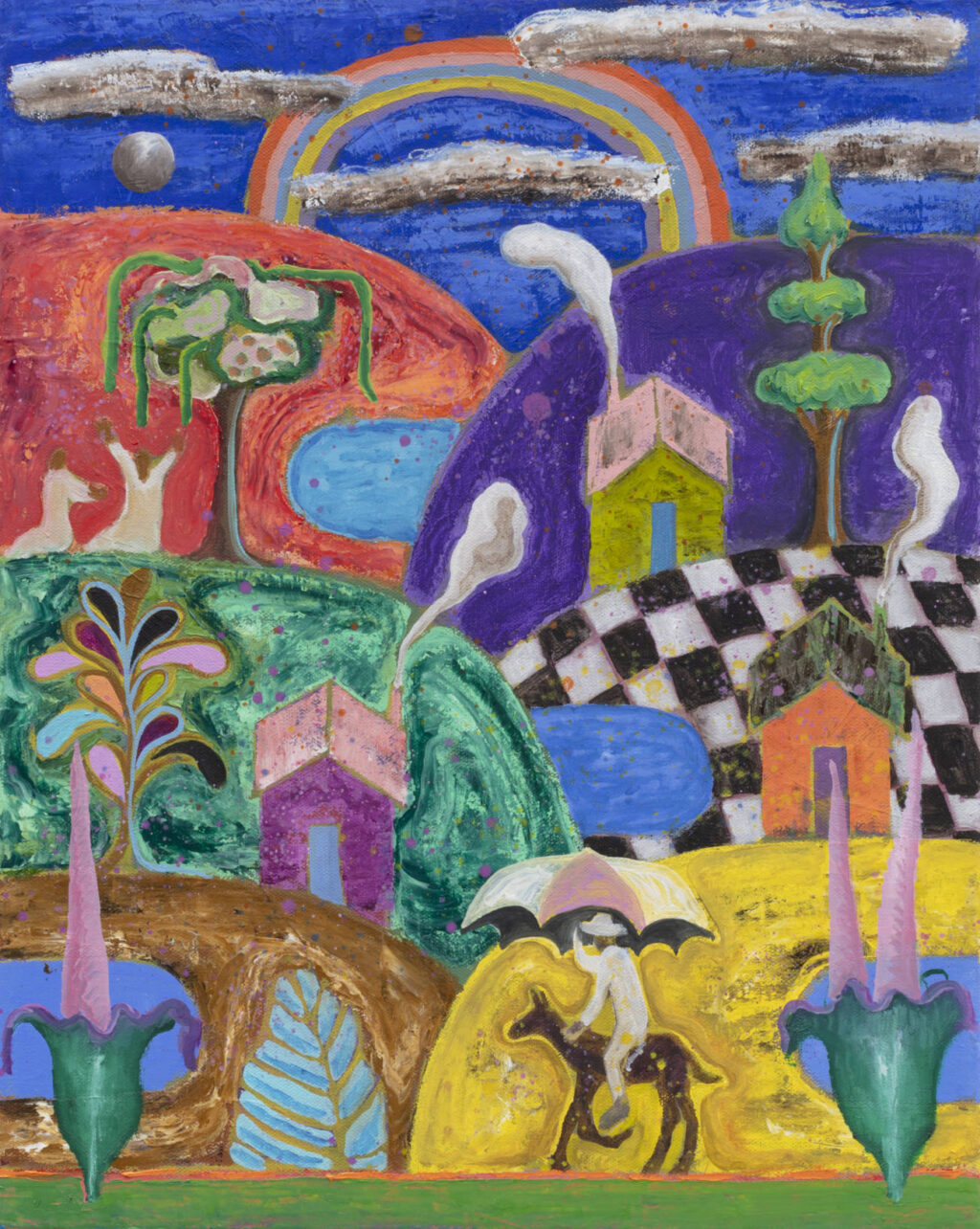
Simphiwe Ndzube
Emakhaya
2025
Oil on canvas
51 × 41 cm

Thomas Delaroziere
Passage à gué
2024
Oil on linen
121 × 90 cm
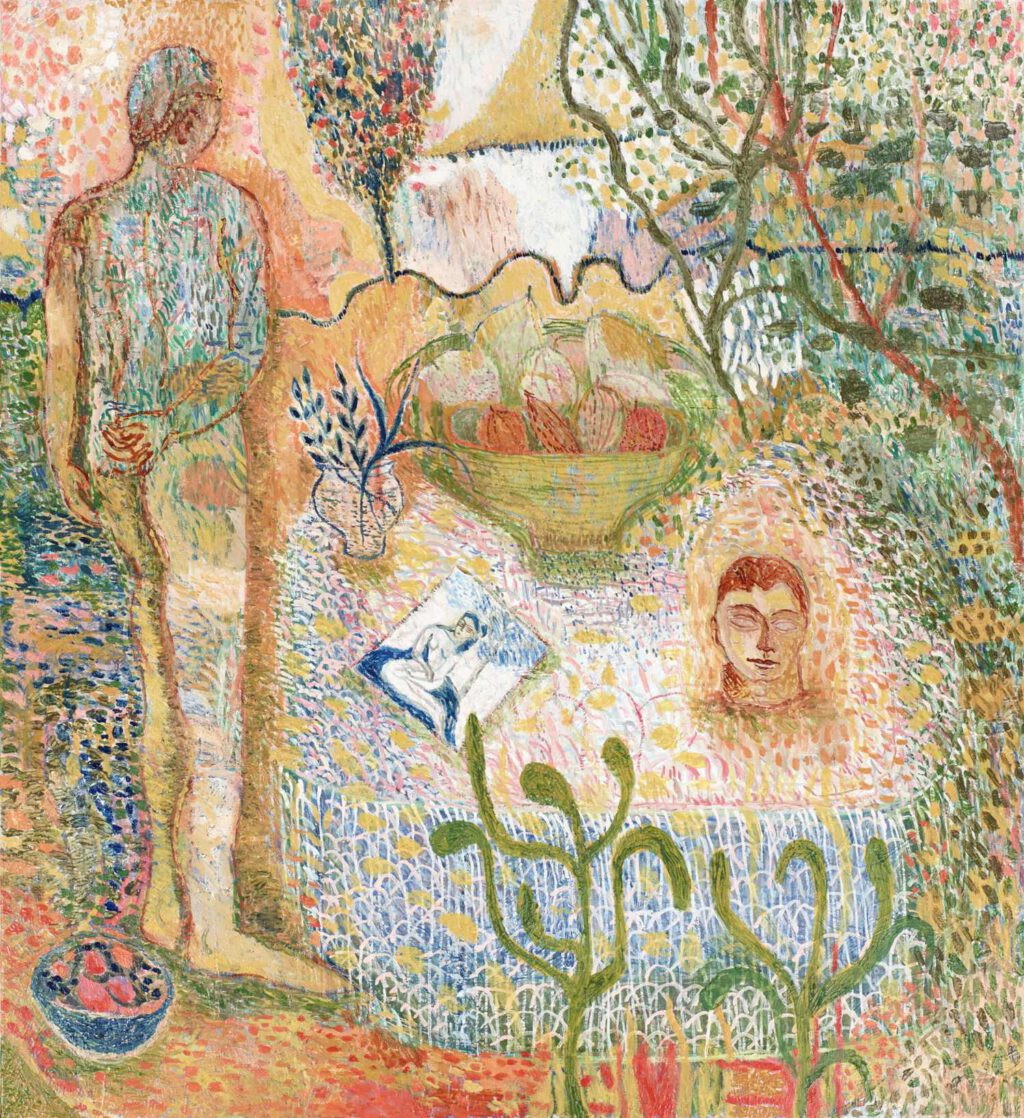
Catherine Anholt
Love Letters IV
2025
Oil on linen
115 × 105 cm

Camille Bombois
Le cirque
late 1950s
Oil on canvas
56 × 47 cm

Camille Bombois
Après-midi au parc
1937
Oil on canvas
56 × 47 cm

Camille Bombois
La jarretière rouge
c. 1928
Oil on canvas
73 × 51 cm
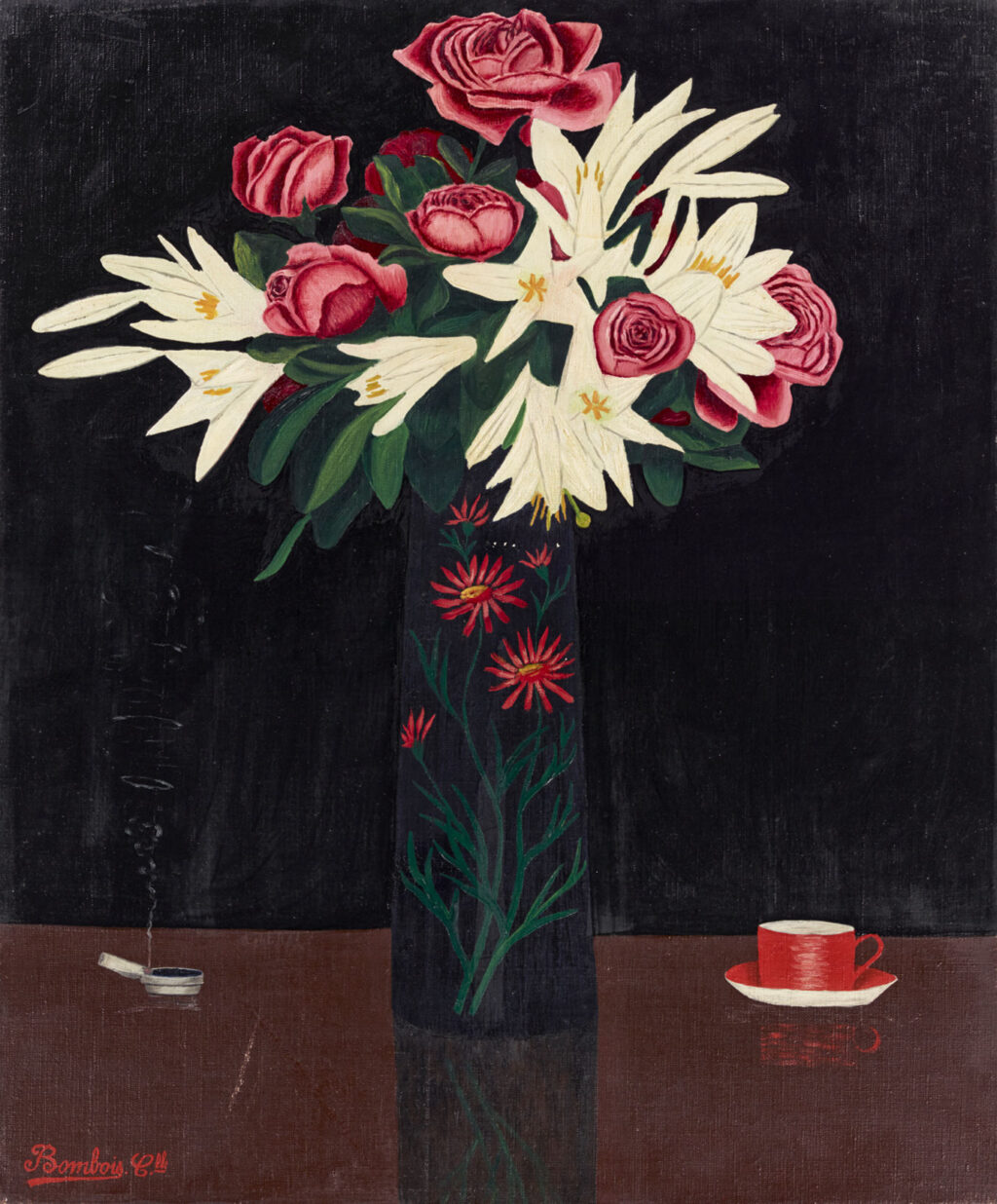
Camille Bombois
Nature morte au bouquet de fleurs, à la cigarette et à la tasse de café
c. 1930
Oil on canvas
55 × 46 cm
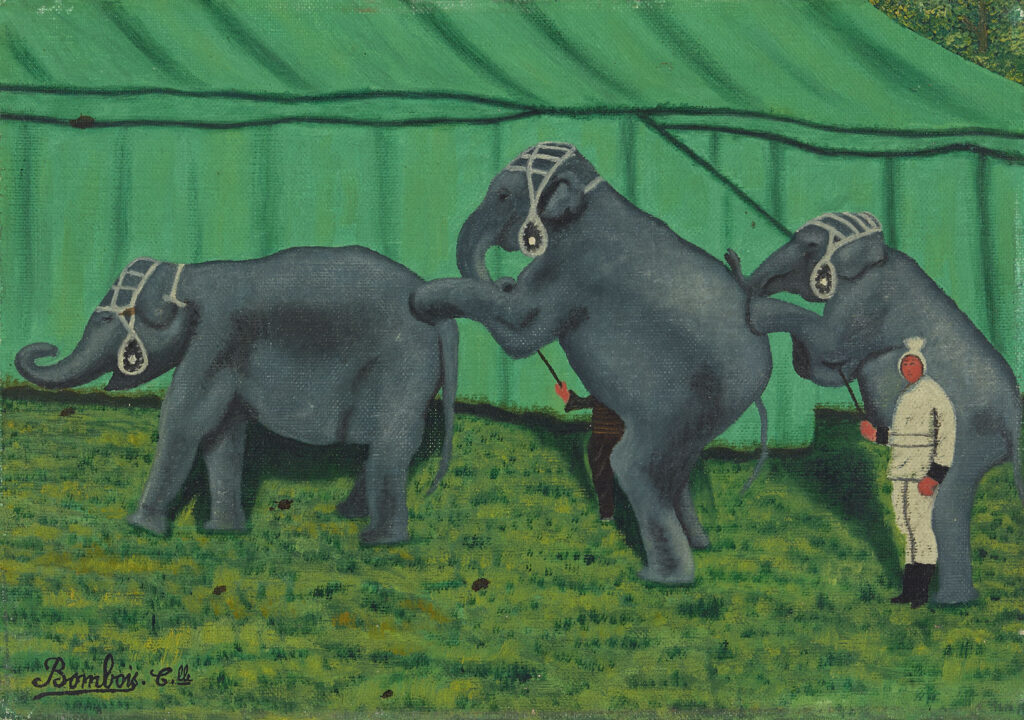
Camille Bombois
La parade des éléphants
undated
Oil on canvas
19.3 × 26.7 cm
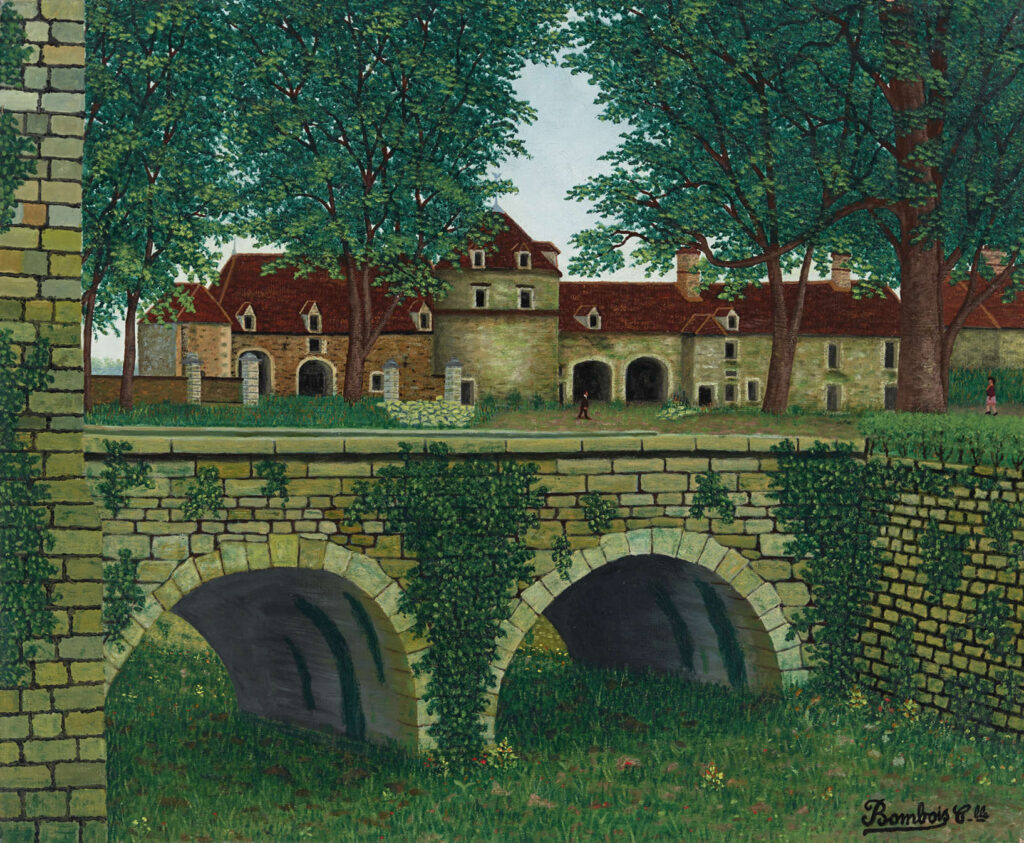
Camille Bombois
Le Château d’Époisses – Côte d’Or
undated
Oil on canvas
54 × 63 cm
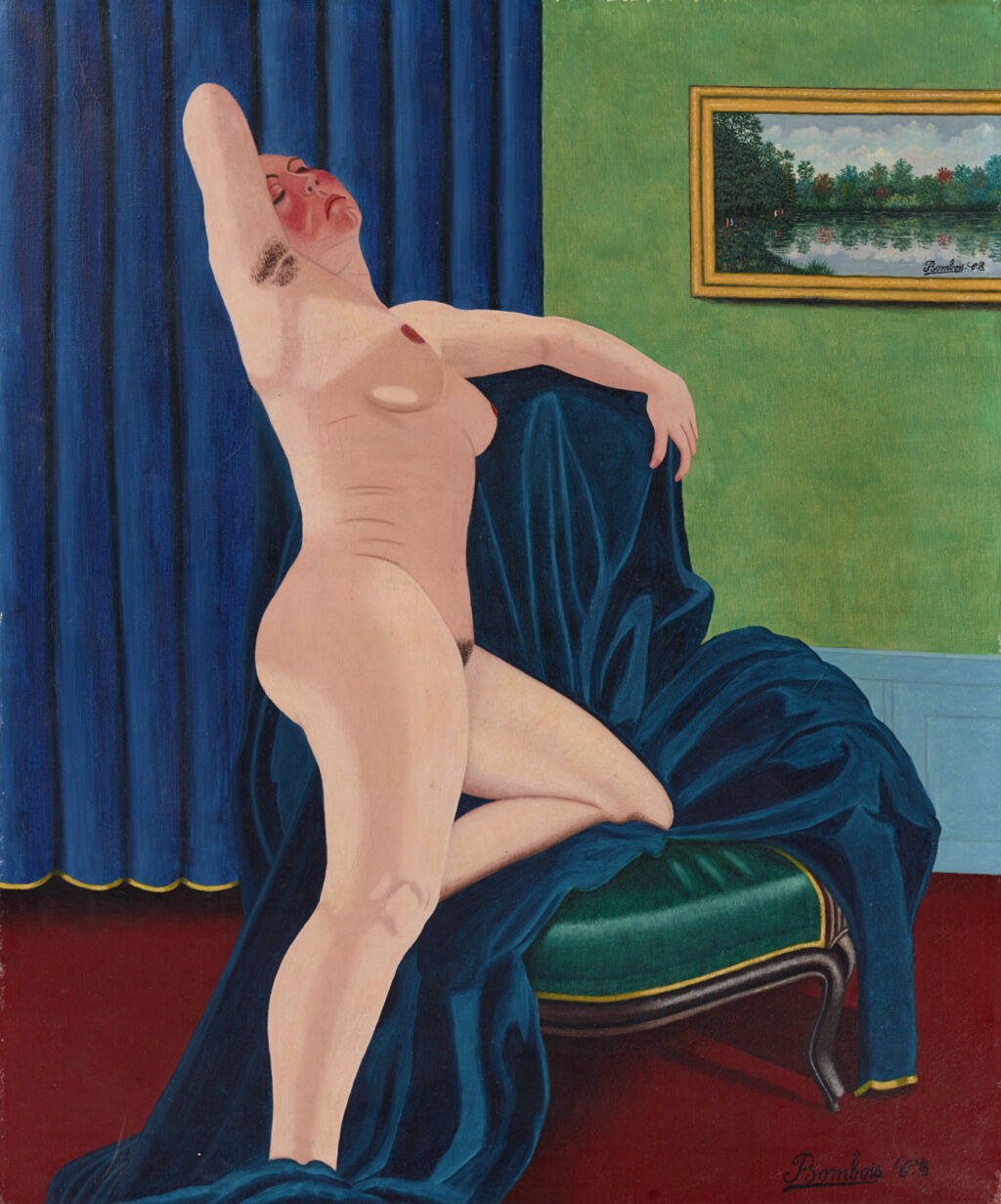
Camille Bombois
Nu dans un intérieur
undated
Oil on canvas
65 × 54 cm
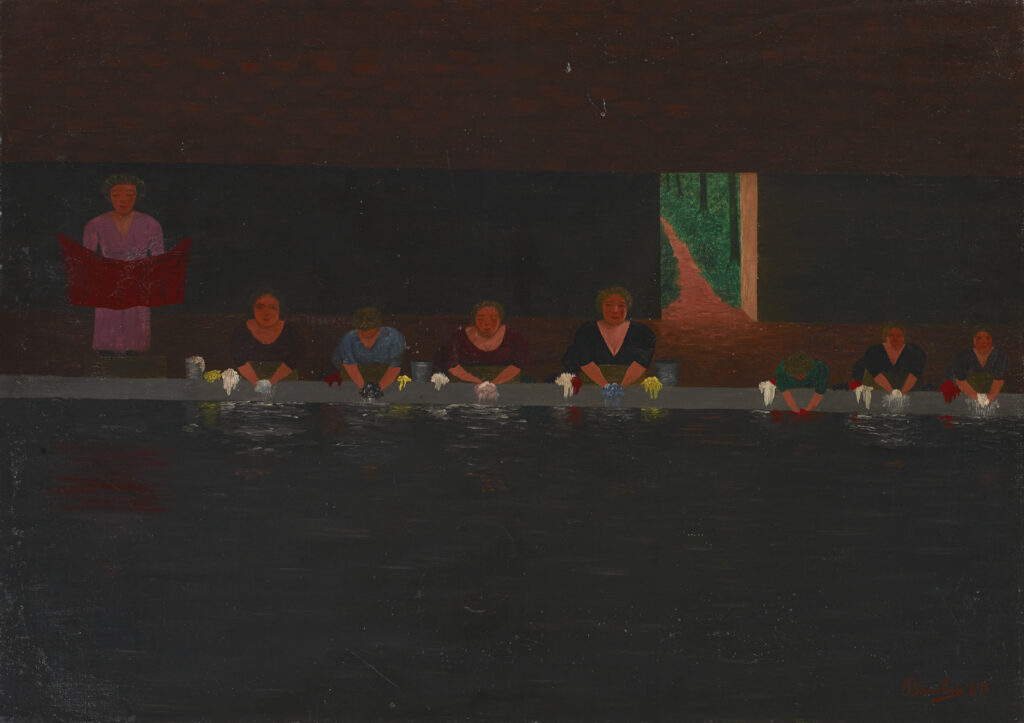
Camille Bombois
Lavandières au lavoir
undated
Oil on canvas
46 × 65 cm
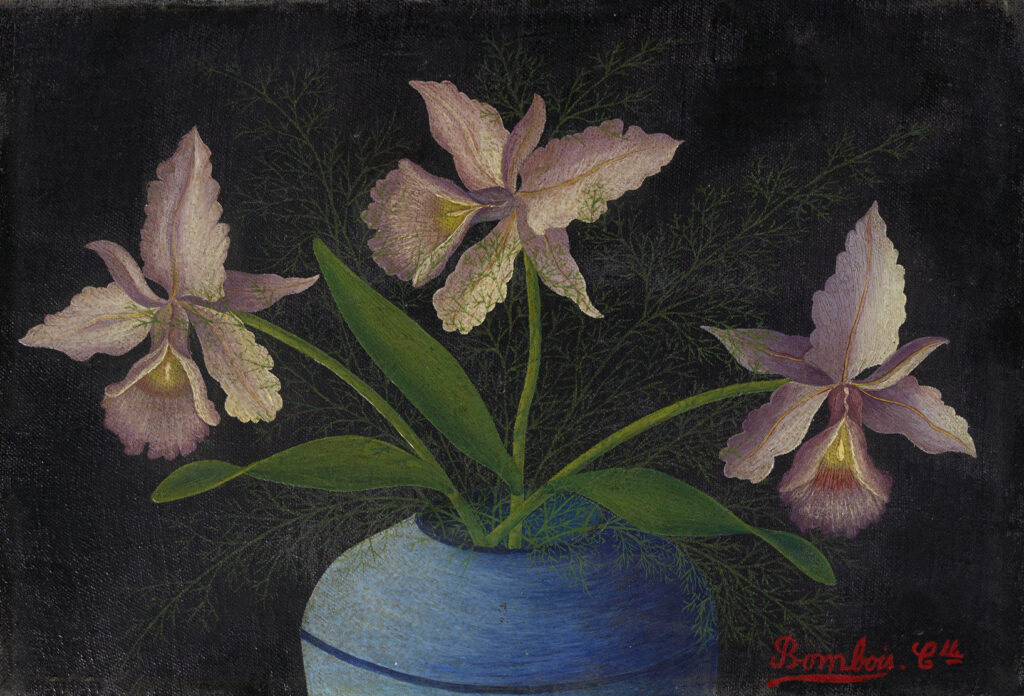
Camille Bombois
Trois orchidées au vase bleu
undated
Oil on canvas
25 × 36 cm
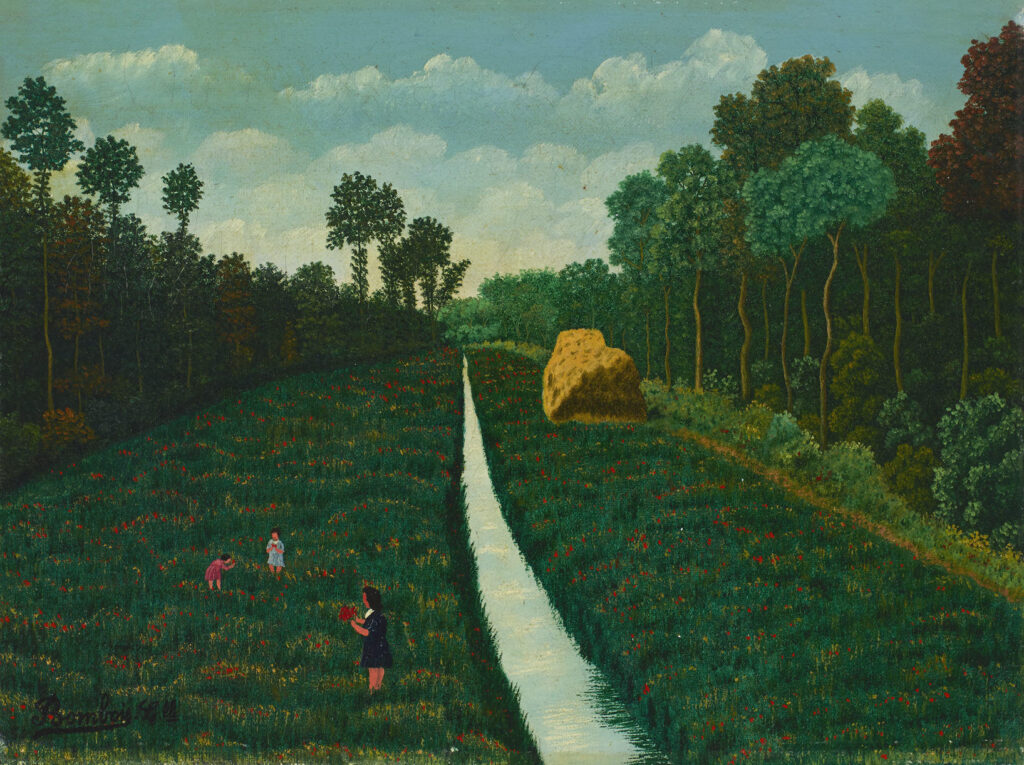
Camille Bombois
Paysage
undated
Oil on canvas
25 × 33 cm
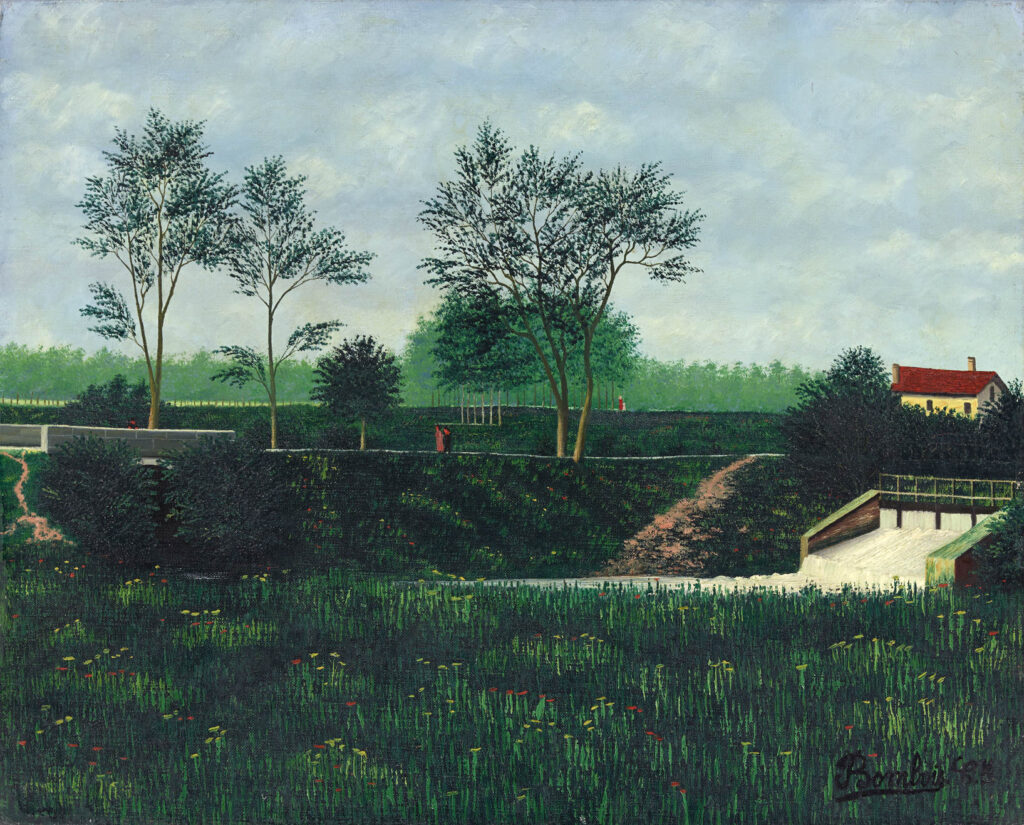
Camille Bombois
Paysage à l‘écluse
c. 1925
Oil on canvas
33 × 41 cm
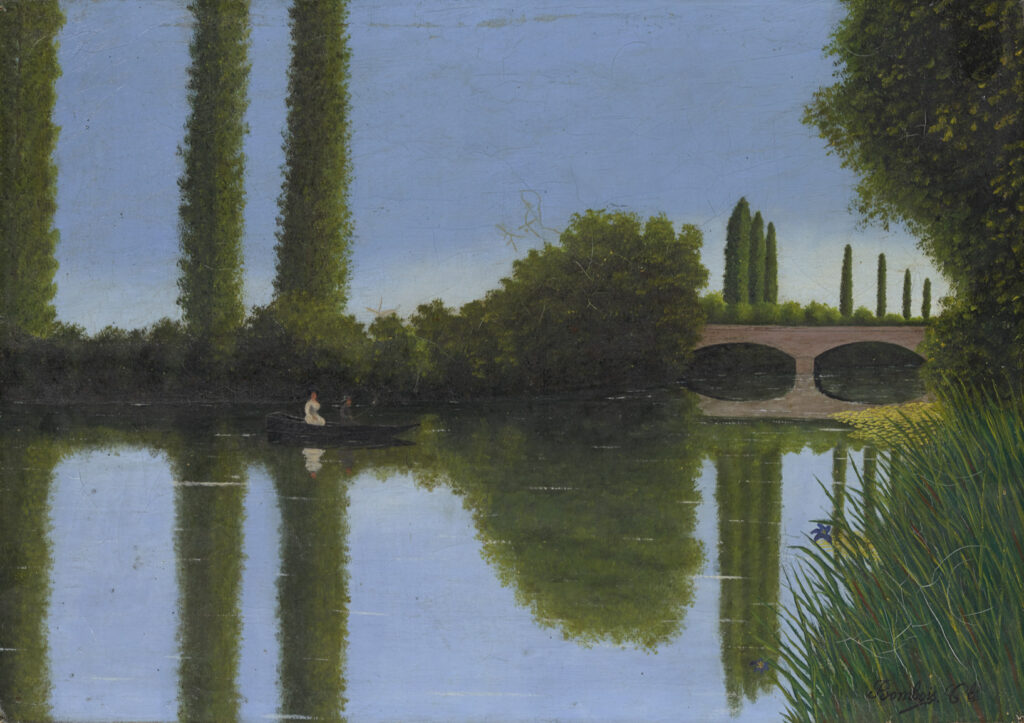
Camille Bombois
Sur la rivière
1920–25
Oil on canvas
32 × 46 cm
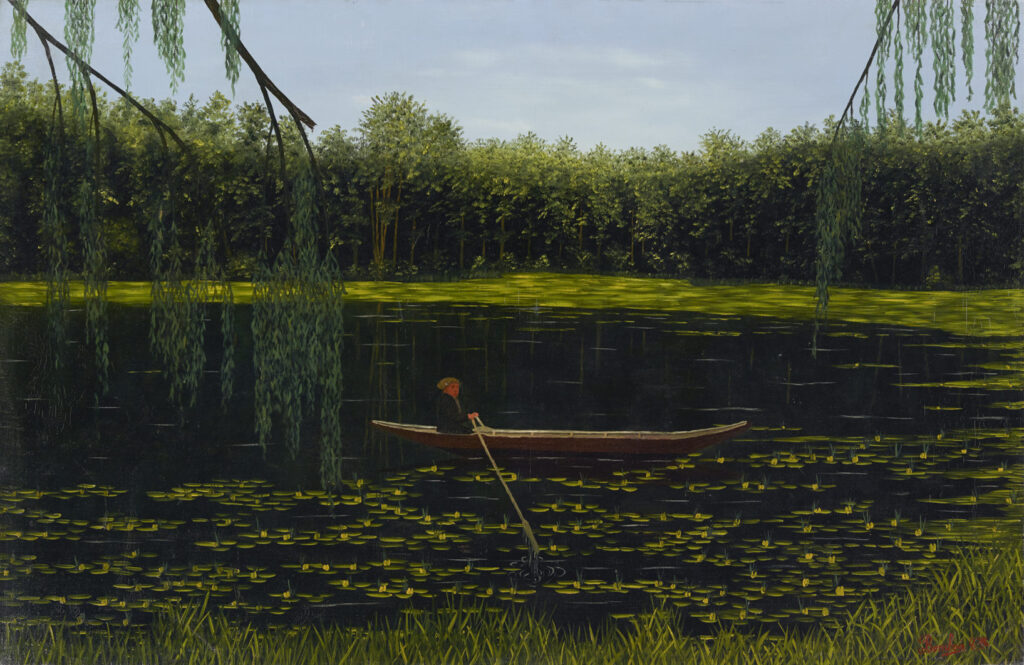
Camille Bombois
L’étang aux nénuphars
1920
Oil on canvas
65 × 100 cm
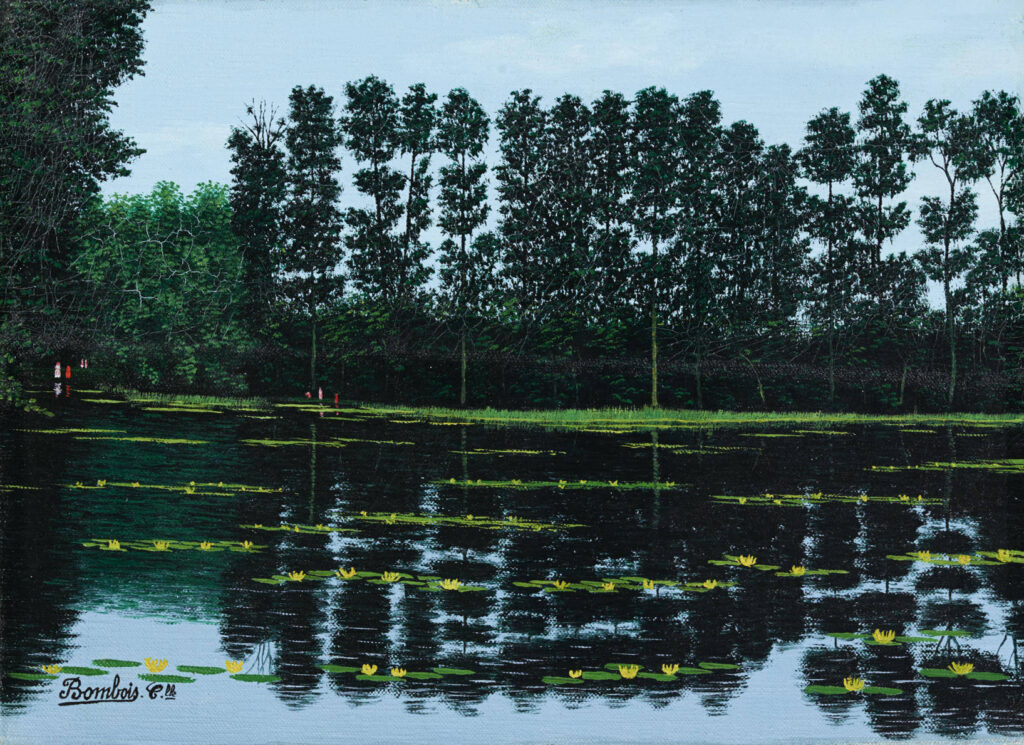
Camille Bombois
L’étang de l’Ursine
c. 1920
Oil on canvas
24 × 33 cm
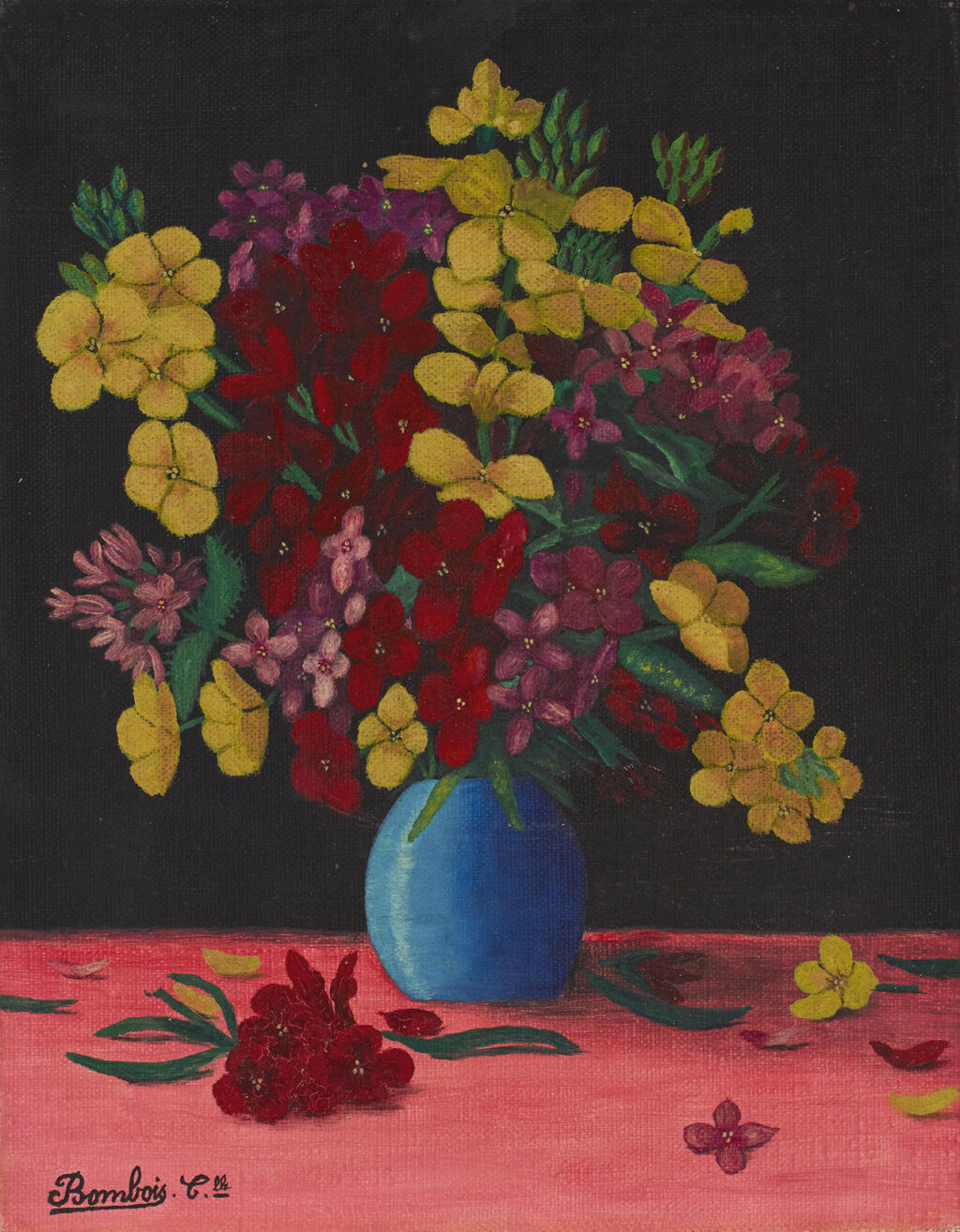
Camille Bombois
Vase aux fleurs
undated
Oil on canvas
24.1 × 19.1 cm
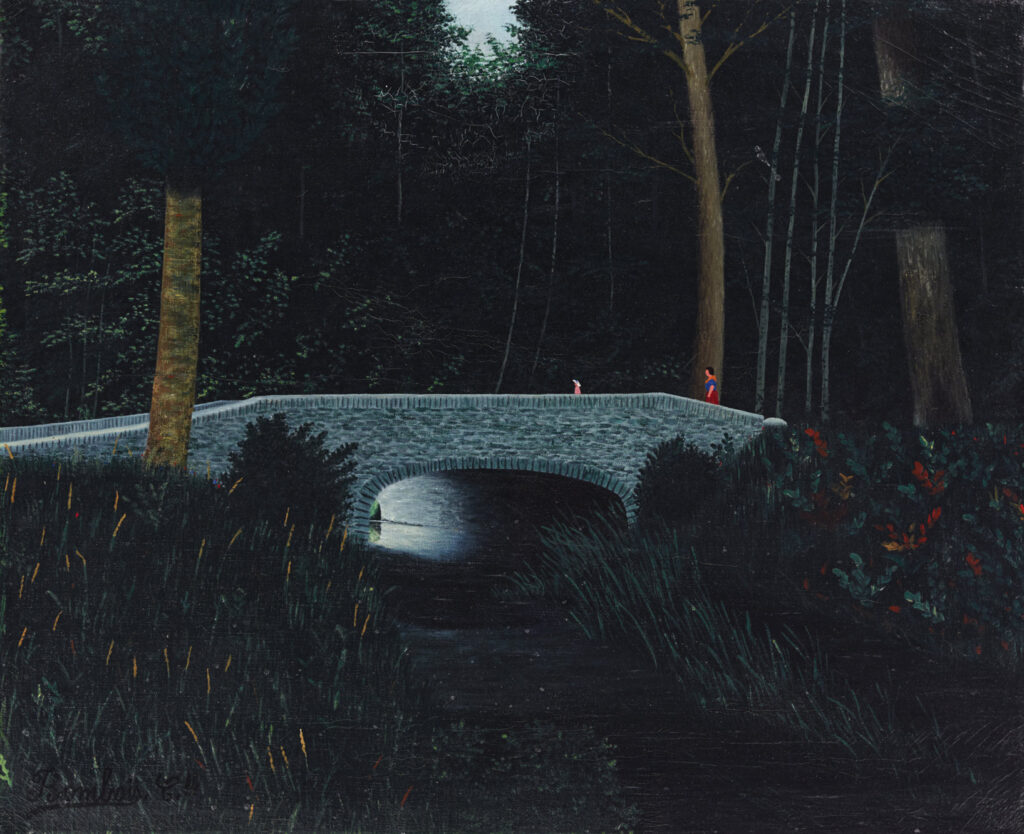
Camille Bombois
Le vieux pont
1920
Oil on canvas
38 × 46 cm
Text
The preceding and beautiful retelling by Tom Anholt of his first encounter with Bombois is itself ample validation of the seemingly improbable pairing of these two artists—born a century apart— and the exhibition project that it led to.
Unlike Tom, who is currently going from strength to strength and whose magnificent paintings are in high demand, Camille Bombois, though widely recognized as a protagonist of modernity, remains something of an insider’s secret. Over the years, Galerie Judin has acquired almost two dozen paintings by him. While this is a small fraction compared to the enormity of this prolific artist’s oeuvre, it is nevertheless representative of it, as it features all his favorite motifs. We always knew we wanted to place Bombois in a contemporary context, and the longer we explored this idea, the more clearly we saw the contours of a kindred spirit emerging from it—a young painter whose magical landscapes had captivated us for many years.
Tom Anholt was born into a family of artists in Bath (UK) in 1987. Both of his parents are painters who made a living as highly successful authors and illustrators of children’s books. From 2007 to 2010, Anholt studied at the Chelsea College of Art and Design in London, earning an honors degree in fine arts (BA). Shortly thereafter he moved to Berlin, where he has lived and worked ever since. Anholt creates highly poetic and seductive paintings, marked by a shrewd palette and a strong preference for landscapes. These are conspicuously complex, multi-layered creations in formats that exude artistic self-confidence—whether they are authoritatively large or intimately small. From an elaborate interplay of abstract forms, marks, stains, and overlapping layers, figurative propositions arise, with an inherent but fragmented narrative that prompts the viewer to engage in interpretation and perpetuate the story.
Anholt’s passion for and in-depth knowledge of art history are omnipresent in his work. Quoting from Persian miniatures, the idyllic winter scenes of Bruegel the Elder, and the emotionalist color range of the German expressionists, his paintings radiate the profound sincerity with which he aligns himself with art history. This is particularly evident in the small human figures that often—but not always—populate his landscapes. However, the term “populate” may be misleading, for the characters in Anholt’s landscape tableaux are wanderers, travelers, and solitary seekers of meaning.
One of the most astounding qualities of Anholt’s paintings is their surface texture. He succeeds in making water, air, stars, leaves, and even the more tacit elements of light and temperature, sensually tangible. In doing so, he brings the allegorical dimension, which reverberates through his compositions, back to an immediate, perceptible, and human scale.
We met Tom Anholt for the first time in the late summer of 2011. Galerie Judin had just moved into its new premises on Potsdamer Straße and was preparing for its first exhibition in the renovated space. Tom walked into the gallery, accompanied by his artist friend Emmanuel Bornstein, to inquire whether there might be a job opening for a gallery technician or an art handler. There wasn’t—we couldn’t afford one back then. But a stimulating conversation ensued, which only ended when Tom announced that he had to leave to prepare for a boxing match. That was surprising. He did have the physical appearance of a boxer, but otherwise he exuded nothing but gentleness. Over the next 14 years, it would become clear that boxing, the fighting spirit, remained an important element in Tom’s development. Recently, he compared painting to boxing, stating that they both involved confrontations within the confines of an arena. And that, like boxing, painting was “not about endless possibilities, but rather about a few possibilities and multitudes of possible combinations.”
In addition to this obvious connection between Bombois and Anholt—like their shared affinity for creating landscapes—it was this aspect of Tom’s character that made us think of him when considering how to best showcase our Bombois collection. We had a strong hunch that the spiritual kinship of the two artists would resonate with Tom, so we set up their first encounter. It was a classic “blind date”—over burgers. And resonate with Tom it did! He was completely entranced by Bombois.
Continue reading
It is indeed hard not to adore Camille Bombois—both the man and his paintings. One is immediately struck by the honesty and authenticity of his compositions and their immediate accessibility, the disarming clarity in his colors and their almost inscrutable luminosity. The fondness he has for everything around him, be it people or landscapes, is palpable, as is his lifelong infatuation with Madame Bombois, his devoted model—his business card read “Monsieur et Madame C. Bombois. Artiste Peintre”. His sense of humor is also evident, which seems to work entirely without the use of irony. He valued the artificiality and noisy spectacle of the circus arena just as much as the tranquility of a secluded forest lake. And, finally, there is the unmistakable diligence with which he painted every single leaf and blade of grass, without it ever tipping over into obsessiveness. Even without prior knowledge of the artist’s biography, we are left in no doubt as to the contentment, cheerfulness and optimism inherent in the creator of these little jewels on canvas. But upon closer inspection, a somewhat surprising element emerges: We realize that these paintings must be the work of a brawny person! The forcefulness of Bombois’ vision and the masterful way he translates it onto canvas is without hesitation or weakness. The fabled art dealer Dina Vierny once said about him: “He constructs his canvases like one would build a house: vigorously!” And this is where his remarkable biography comes into play.
Bombois, born in 1883 as the son of a river boatman, left school at the young age of 12 to work as a farmhand. Robust and pugnacious, he soon became the regional wrestling champion. Still a teenager, he joined a traveling circus, where he fought amateurs and professional boxers for a living for several years. But his dream was to become a painter, and so he eventually left the circus and made his way to Paris, where, in 1907, legions of workmen were recruited to build the subway. Supporting a small family— for he had since married—did not permit him to attend art school, so he taught himself to paint, bit by bit, as a recreational pursuit. However, bricklaying was a daytime job, and he lacked the light to paint at night, so he eventually secured a night shift position in a newspaper printing plant, where he handled the heavy paper rolls. This was the breakthrough he needed. For the next seven years, he worked at night and painted during the day. He developed his own technique and style, creating more paintings during that time than many other artists do in a lifetime. Yet, he considered it purely a pastime and sold none of them.
In 1914, Bombois went to war. He only returned to Paris four and a half years later, decorated for bravery. In his absence, his wife had succeeded in selling a number of his paintings, which encouraged him to resume his routine of night labor and daytime painting. By 1922, his sidewalk displays at Montmartre’s flea markets began attracting the attention of collectors. Two years later, Bombois was noticed by Wilhelm Uhde, an influential German art historian and dealer, author and gallery owner, who was a pioneering exhibitor of the rising stars of the early 20th century, such as Pablo Picasso and George Braque. Uhde was also the “discoverer” of the now-famous Henri Rousseau, known as “Le Douanier”, André Bauchant, Louis Vivin, and Séraphine Louis, Uhde’s housekeeper. What these artists have in common is their lack of formal academic training and an affinity for nature-inspired subjects, depicting flower still lifes, animals and landscapes. Their paintings mirrored an empathetic approach to their surroundings and unmediated closeness with nature, as a means to escape the cold detachment of looming modernism. Uhde was the guiding force behind this group, which Bombois soon joined as its fifth member. In 1928, their mentor exhibited them jointly under the title “Painters of the Sacred Heart”. By 1938, Bombois had achieved international recognition when he was included in MoMA’s “Masters of Popular Painting” exhibition, and soon stood out among the self-taught artists for having an established career on both sides of the Atlantic. In 1955, his work was presented at documenta 1 in Kassel. Bombois died in 1970.
Tom Anholt’s closer examination of Bombois not only affirmed the many artistic affinities between the two painters, confirming what his spontaneous reaction to his work had already told him, but he also led him to discover more and more parallels with other artists of his generation—and in the work of his friends and peers. And so, he suggested that we consider a multifarious group exhibition instead of a two-man show. He would happily assume the role of curator and bring Bombois home to a wish list of artists that had started to take shape in his mind. We were surprised and excited by how cohesive Tom’s selection was and how irresistible this new concept became, especially as the enthusiastic commitments from the invited artists started rolling in.
Tom invited the following artists to propose a single work each— one of which they believed that it reflected a sense of kinship, or perhaps even complicity, with Bombois and his way of thinking about the world back then:
Andriu Deplazes divides his time between Zurich (Switzerland), where he was born in 1993, and Marseille (France). Last year, he drew considerable admiration for his monumental and mysterious mountain painting in the exhibition “Apropos Hodler” at Kunsthaus Zürich. Catherine Anholt, born in 1958, works in a studio overlooking the sea and the coast of Dorset (UK). And yes, she is Tom’s mother! Emmanuel Bornstein, the aforementioned friend who walked into our gallery with Tom 14 years ago, was born in Toulouse (France) in 1986. He lives and works in Berlin. Esther Pearl Watson, born in Frankfurt (Germany) in 1973, lives and works in California (Los Angeles and Joshua Tree). Georgina Gratrix, born in 1982, lives and works in Cape Town. This marks her second participation in a group exhibition at our gallery, after “The Beautiful Ones” in 2013. Ian Davis, born in Indianapolis in 1972, but now an Angeleno, is a much-cherished artist in the Galerie Judin stable, where he made his debut in 2022. Born in 1993, Louis Fratino is a native of Maryland who now lives in New York. He garnered much attention for his participation in the “Stranieri Ovunque” exhibition at last year’s Venice Biennale. Hortensia Mi Kafchin (born 1986) is a graduate of the now-famous University of Art and Design in Cluj, Romania. In addition to three solo exhibitions, this is already Hortensia’s fourth participation in a group exhibition with our gallery—a testament to her thematic versatility. Polish art historian and painter Magdalena Shummer-Fangor was born in Lubliniec in 1930: when Bombois was at the prime of his long career. Of all the artists in this group, she is perhaps the one who is closest to him in terms of visual style and subject matter. Born in 1989, some six decades after Magdalena, South Korean artist Minyoung Kim now lives and works in London, where she creates paintings that are both eerie and unsettling— paradoxically rendered in the most cheerful and light-hearted of colors. Ryan Mosley, longtime friend and fellow countryman of Tom (born 1983 in Chesterfield, UK) is known for his delightfully inexplicable narratives, populated by whimsical yet tragic figures. In 2020, he participated in the important figurative painting survey “Radical Figures” at London’s Whitechapel Gallery. Sara Anstis, born in Stockholm in 1991 but raised on an island near Vancouver, describes herself as someone who “draws and lives wherever she finds good light”—which, right now, happens to be London. Simphiwe Ndzube was born in South Africa in 1990—the year that apartheid came to an end. His practice consists not only of painting, but also of performance, sound, and sculptural forms. He now divides his time between Cape Town and Los Angeles. Thomas Delaroziere was born 1994 in Marseille (France) and raised on the beautiful island of Martinique. He studied architecture and engineering in Marseille and moved to Germany in 2017. Presently, he calls Berlin his home and is devoting his time to paintings that are inspired by the lushness of his Caribbean homeland.
The space in which we are presenting “Bombois by Anholt” was originally built to store and prepare the large rolls of paper used to print the Berlin-based daily Tagesspiegel in the adjacent building. Bombois would certainly be delighted by this fun fact. The French writer Boris Vian quotes Bombois in his 1952 essay “A Visit to Camille Bombois” reminiscing about his time as a laborer at the printing plant : “First, there was the 1914 war, and when I came back, I worked night shifts at the 123 rue Montmartre printing works. I handled reels weighing from 450 to 611 kilos. We printed the Avant-Garde, l’Humanité, etc. In those days, I only slept 4 hours, because I painted during the day.” Here, again, Bombois’ defining qualities become manifest: a combination of physical strength, a sense of duty, and meticulous attention to detail.
